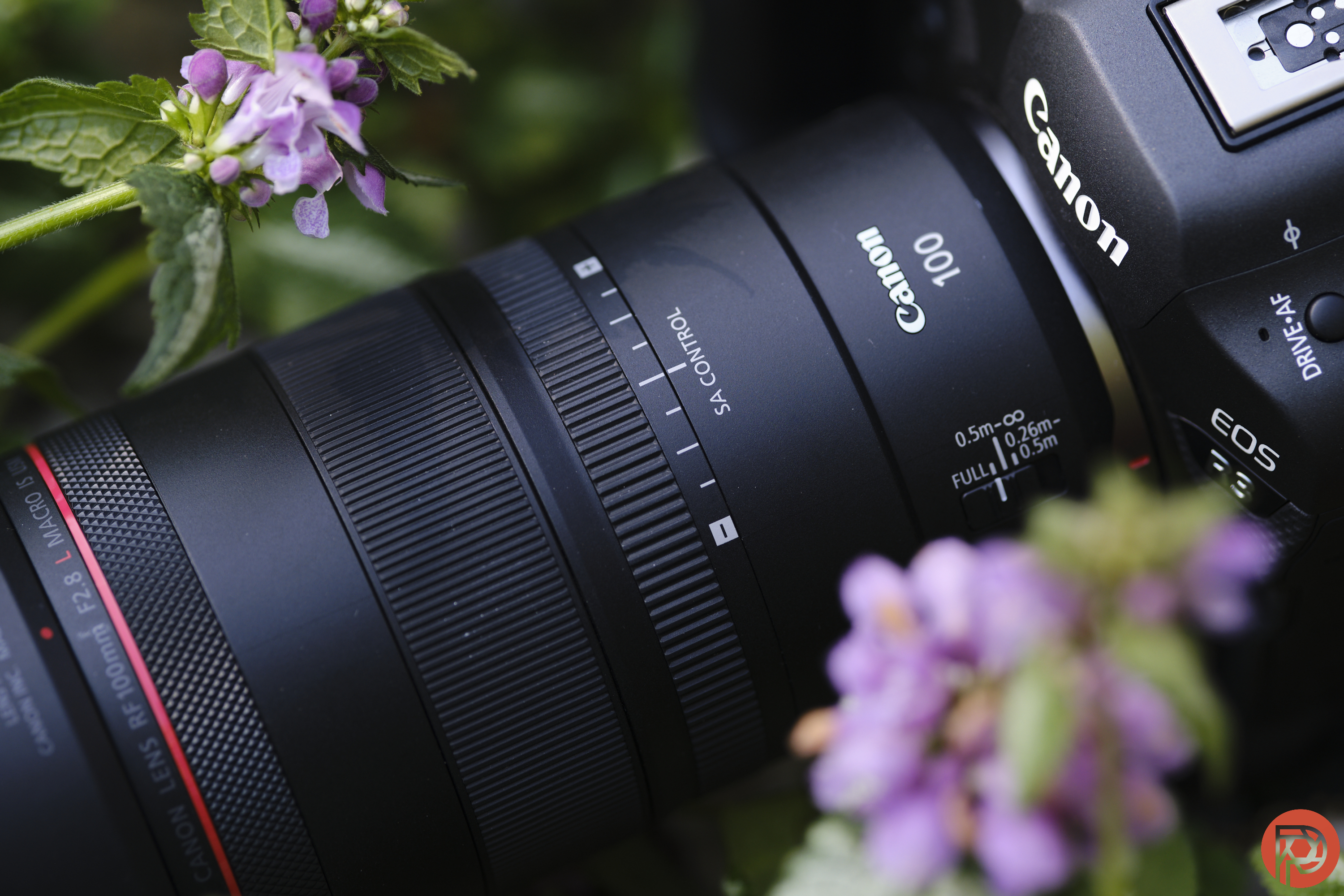Modern camera lenses work very hard to fight imperfections, adding elements to correct chromatic aberration, spherical aberration, and a host of other issues. Ironically, at the same time, software programs are embracing classically inspired presets and adding things like digital flare. If there’s a happy medium to this old school-new school tug of war, it’s the Canon RF 100mm Macro. This lens, formally titled the Canon RF 100mm f2.8 L Macro IS USM, includes a Spherical Aberration Control Ring. Using this ring, photographers can add some slight edge softness or softness across the frame (as if using a mist filter).
With the RF 100mm Macro, Canon is experimenting with blending the sharpness of the high-end L line with a bit of character. But was Canon’s risk worth it? Or is the SA dial just a gimmick? I spent some time with the Canon RF 100mm Macro to see how this unique lens holds up.
The lens for this review was a rental provided by LensRentals.
Table of Contents
The Big Picture
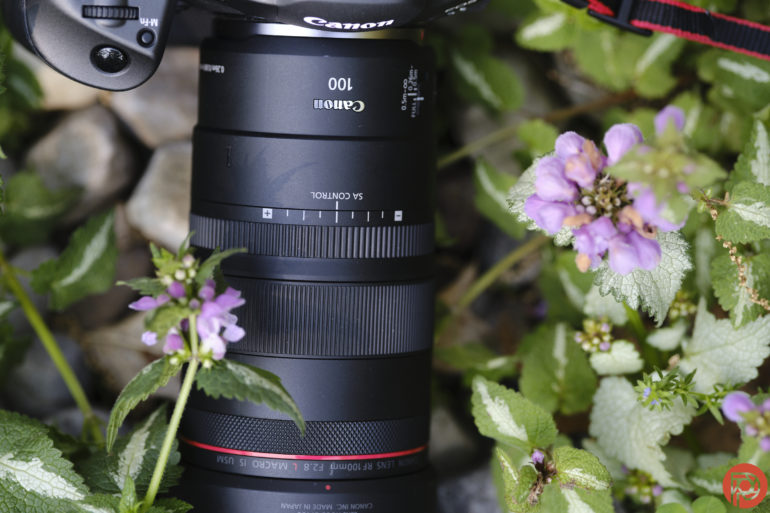
Pros
- Great stabilization
- Lots of character
- Fun flare
- SA dial is like a built-in mist filter
- Can be super sharp or nice and soft
Cons
- Oversized
- Autofocus is solid, but the hit rate drops when photographing moving macro.
The Canon RF 100mm Macro not only expertly mixes technical greatness with character but allows photographers to choose when they want that super sharp image or a bit more character. With what feels almost like a built-in variable mist filter, this lens can add a little or a lot of softness. Of course, that softness to the bokeh as well. That’s not the only way the 100mm macro impresses. This lens adds the type of flare that software will try to imitate. This flare is also easy to control by adjusting the position of the lens so, once again, photographers can intentionally add flare or adjust to keep contrast intact. You’d think this is an obvious thing, but you’d be shocked as Sony, Sigma, Nikon and others work hard to eliminate all lens flare.
If there’s anything to complain about, it’s that the mirrorless lens is actually a bit larger than the older DSLR variant. That may give photographers who like to travel light some pause. Also worth a note is the autofocus. It’s great for moving people but when up close requires more patience for moving subjects. But, if there’s room in your bag, this is an excellent macro and portrait lens for Canon shooters.
I’m giving the Canon RF 100mm Macro five out of five stars and the Editor’s Choice Award. Want one? You can pick one up at Adorama or Amazon. Before you buy, consider trying it from LensRentals.


Gear Used
I tested the Canon RF 100mm Macro with the R3. The lens was provided by LensRentals, while the camera body is on temporary loan from Canon. The lens had on a B&W clear filter.
Innovations
The Canon RF 100mm Macro is one of the most innovative lenses I’ve seen in the past few years. It gives the photographer control over the corrective elements using the SA (Spherical Aberration) ring. In short, this is like having a mist filter built into the lens, allowing control over the sharpness. It creates the ability to get both technically sharp and dreamy soft images without buying two separate lenses.
Tech Specs
LensRentals lists the following specifications for the Canon RF 100mm Macro:
- Angle of View: 24°
- Aperture Blades: 9
- Autofocus: Autofocus
- Brand: Canon
- Compatibility: Full Frame
- Diameter: 3.2”
- Filter Size: 67.0mm
- Focal Length: 100.0-100.0
- Groups/Elements: 13/17
- Hood Included: Yes
- Image Stabilization: Yes
- Item Type: Lens
- Length: 5.8”
- Lens Type: Telephoto
- Max Aperture: 2.8
- Maximum Magnification: 1.4x
- Mfr. Model Number: 4514C002
- Minimum Aperture: 22.0
- Minimum Focusing Distance: 0.9 feet
- Mount: Canon RF
- Weight: 1.6 lbs.
Ergonomics
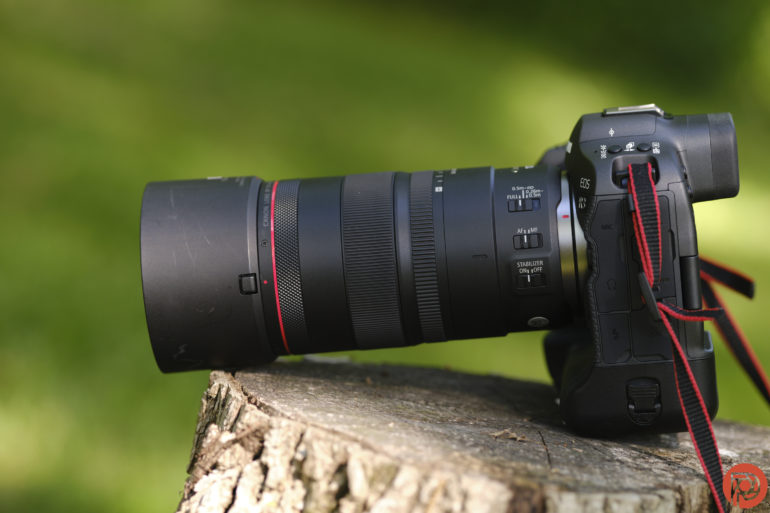
The Canon RF 100mm Macro is a bit long for a prime. It’s a full inch longer than the comparable EF-Mount lens and more than an inch longer than Sony’s E-Mount 100mm f2.8 Macro. It’s closer in size to a zoom than a prime. Thankfully, it’s not terribly heavy, due in part to the fact that it’s an f2.8 rather than an f1.8. Still, the lens isn’t ultralight or ultra-compact.
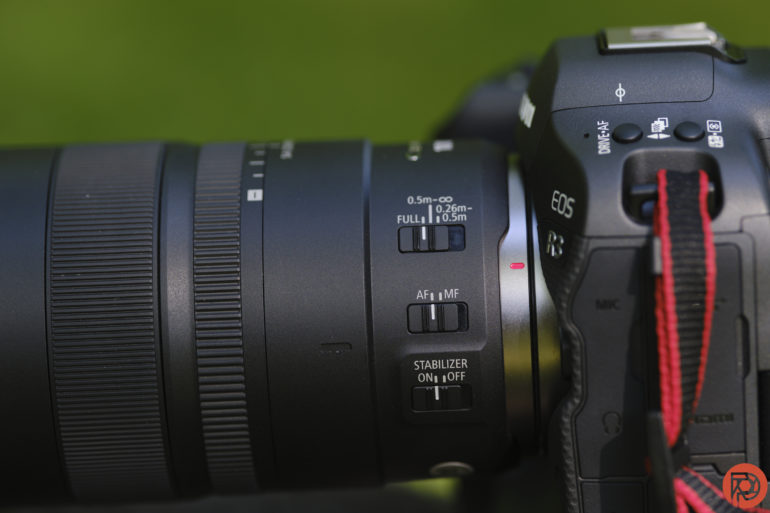
Close to the mount, the lens houses a familiar bank of control switches for Canon users. The first is a focus limiter switch. That’s followed by an AF/MF switch and an on-off switch for the lens’ built-in stabilization.
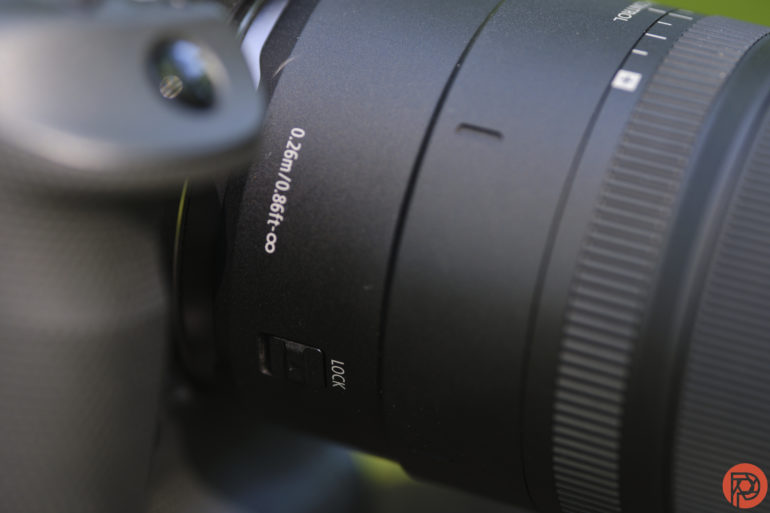
Nearly hidden on the opposite side, almost underneath the lens, is a lock switch. This lock is the star of the show: the SA control dial. The dial controls the spherical aberration. Bump it accidentally, and you’ll get softer images. I love the SA dial, but I’m glad there’s a lock on it.
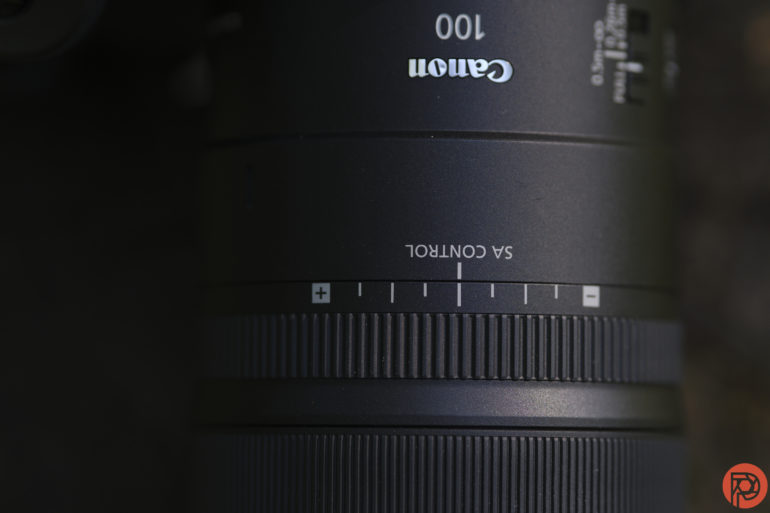
Continuing out from the mount, the next control is the focus ring. It’s about twice as wide as the other two rings, so it’s easy to differentiate. At the front of the lens, by that iconic red ring, is a custom dial. This is a click-type dial, so you can feel how much the settings change. I prefer setting this to aperture, but there are a number of controls it can be set to, including requiring pressing a second button if you tend to bump the lens a lot.
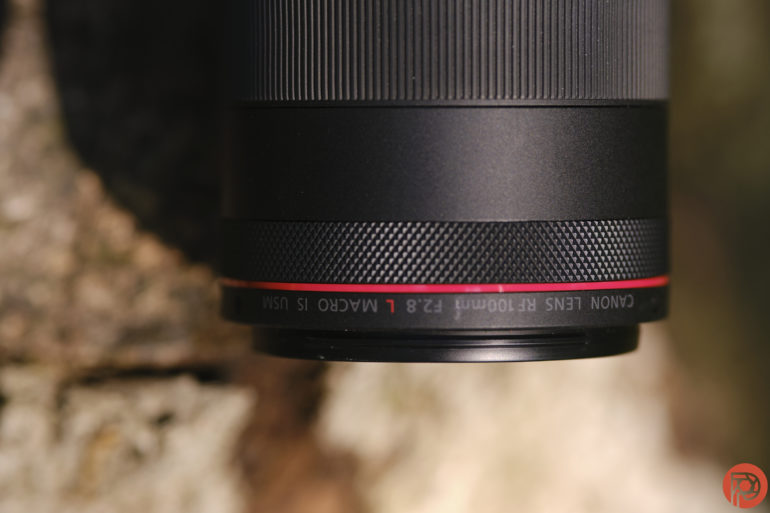
The front of the lens does have a good bit of plastic, which isn’t unexpected for an f2.8 prime. It accepts 67mm filters and ships with a lens hood.
Build Quality
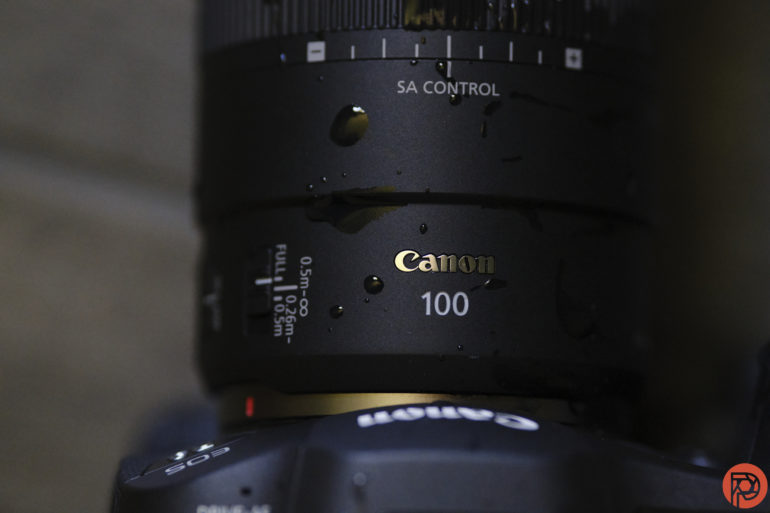
As an L series lens, the Canon RF 100mm Macro is weather-resistant. I gave the lens a good splash and it continued functioning as normal. I didn’t spot any dust or debris on the sensor after conducting the splash test.
The lens feels as if it’s made with the same plastic materials as the exterior of the R3. It doesn’t have the luxury of a metal lens, but it doesn’t feel chintzy. With a lens this long, a metal build would have been too heavy anyway.
Autofocus
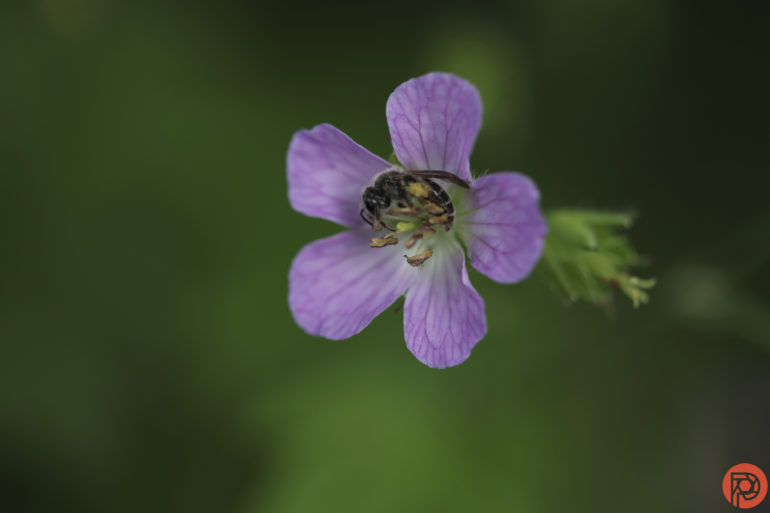
The Canon RF 100mm Macro uses a Dual Nano USM autofocus system. This is a lens that will keep up with portraits of people in motion. It kept up with kids running toward the camera. The narrow depth of field when shooting up close makes it a bit more challenging to keep the focus on subjects like flying insects. Impressively, the R3’s Animal AF works on some insects. But, as expected, the hit rate when trying to photograph moving insects wasn’t as high.
The lens can focus as close as .9 feet from the front of the lens, giving it a 1.4x reproduction ratio. While the 1:1 is a bit more ideal, the lens was still able to get very close to tiny subjects, including flowers smaller than my pinky’s nail.
Ease of Use
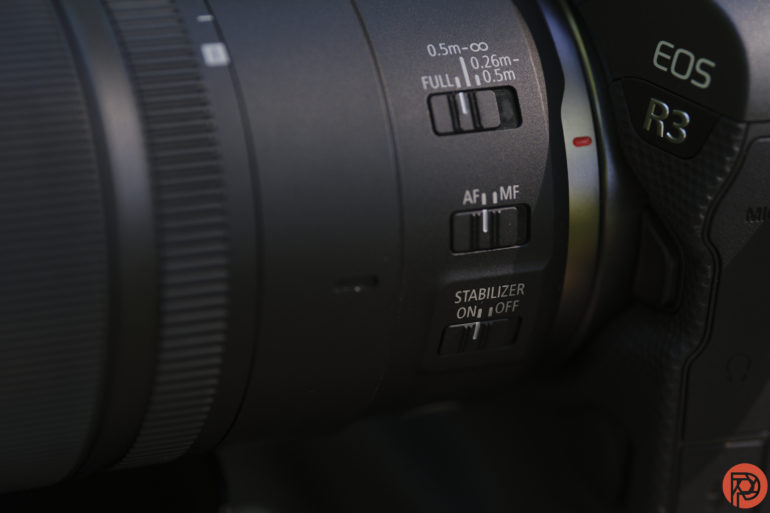
With the exception of the SA dial, the Canon RF 100mm Macro feels like it belongs in the L-line family. Photographers with previous Canon L glass experience will find the controls familiar. While the number of controls isn’t daunting for a new photographer, learning to check each control before shooting is a good idea. (That’s how I ended up accidentally shooting with the stabilizer switched off, with the R3 forgotten in crop mode. Whoops! Nobody’s perfect.)
The lens’ built-in stabilization is particularly helpful for the longer focal length and close focusing capabilities. I was able to shoot at 1/25 even while focusing up close and still pull out a few sharp shots.
Image Quality

What’s incredible about this lens is that it delivers both technical greatness and tons of character, all within the same lens. Want super sharp images? Got it. Want soft, dreamy shots? No problem. Mix in close-up autofocus capabilities, a reasonably bright aperture, and so-beautiful-it-hurts lens flare and there are a ton of possibilities from just this one lens.
Spherical Aberration
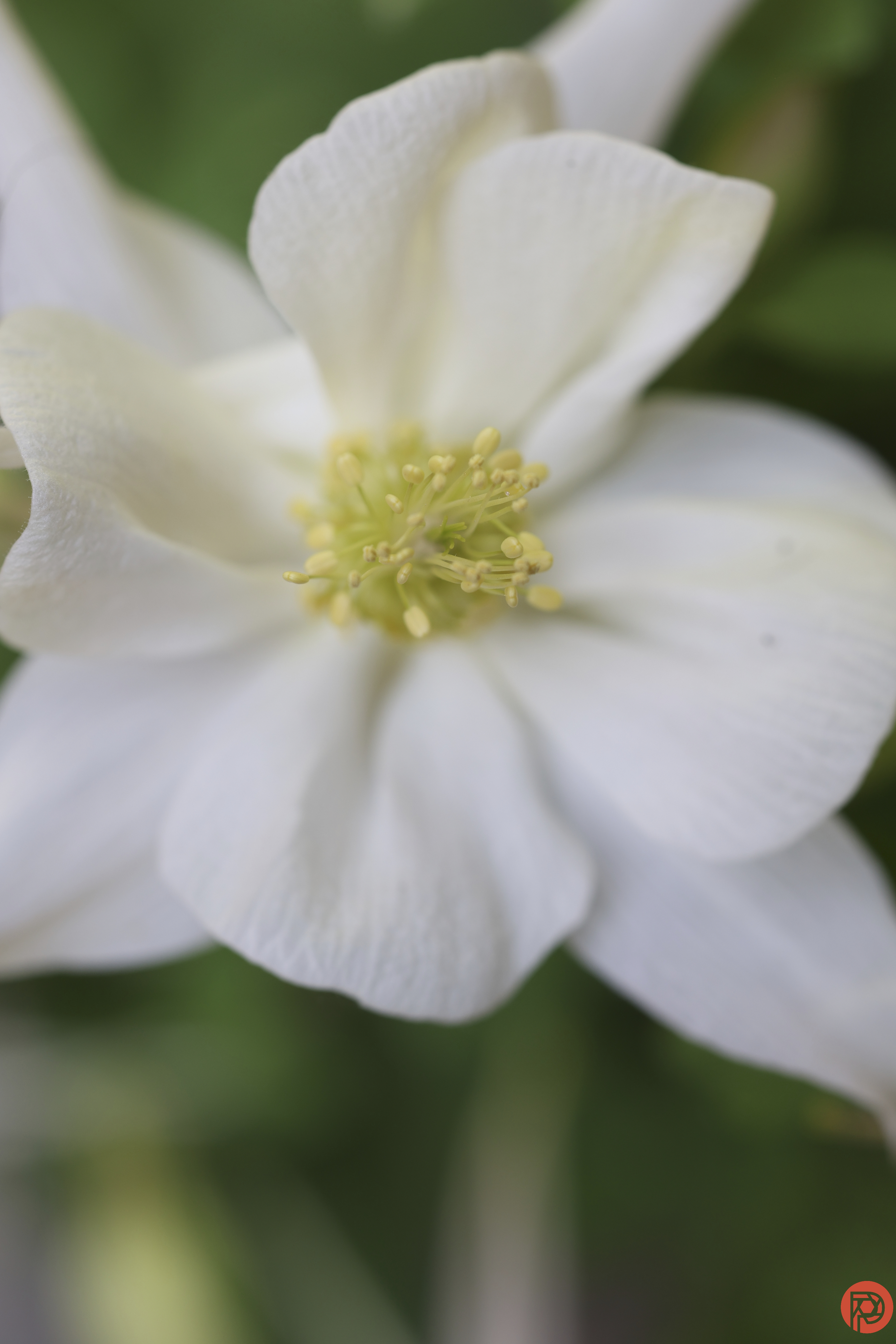
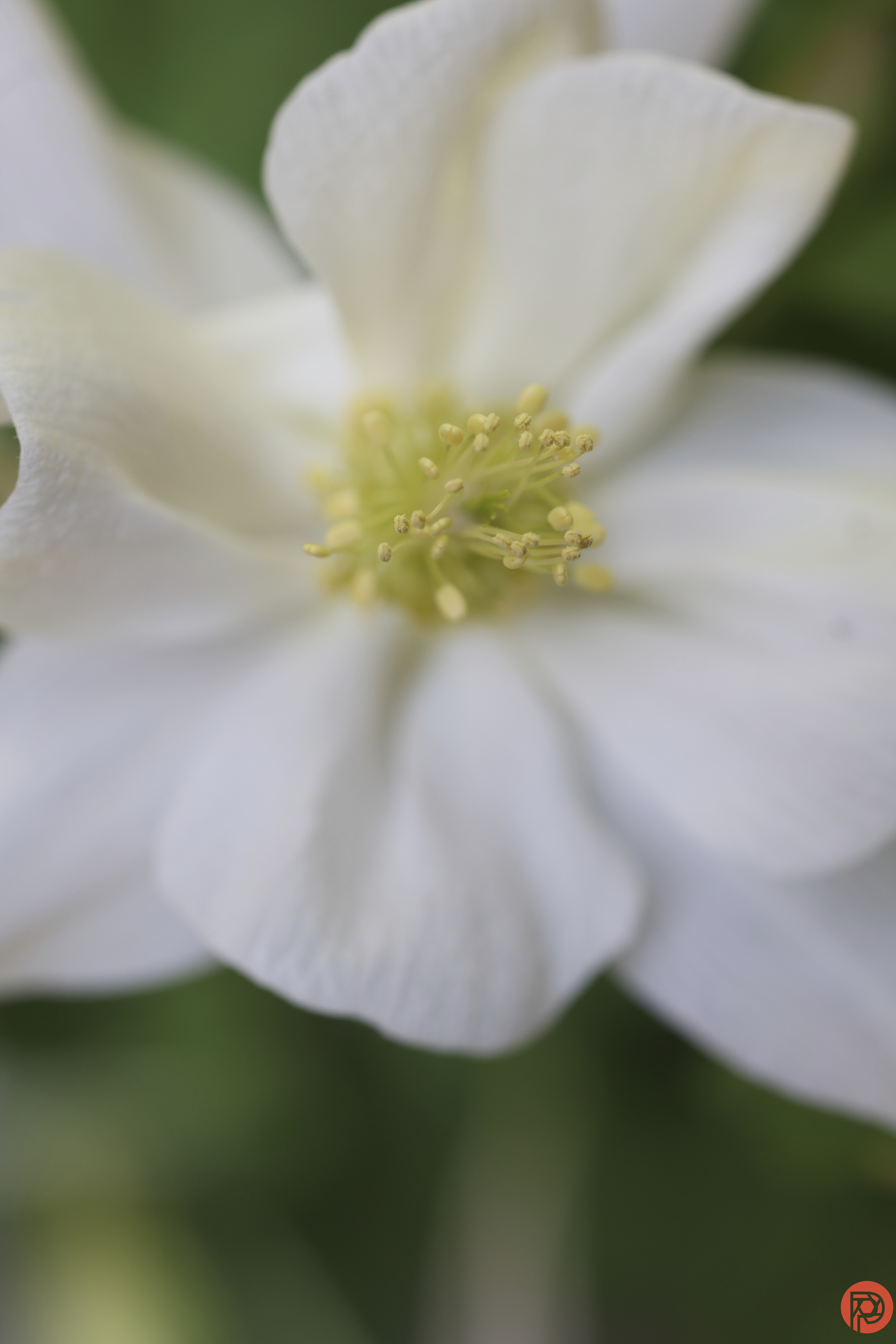
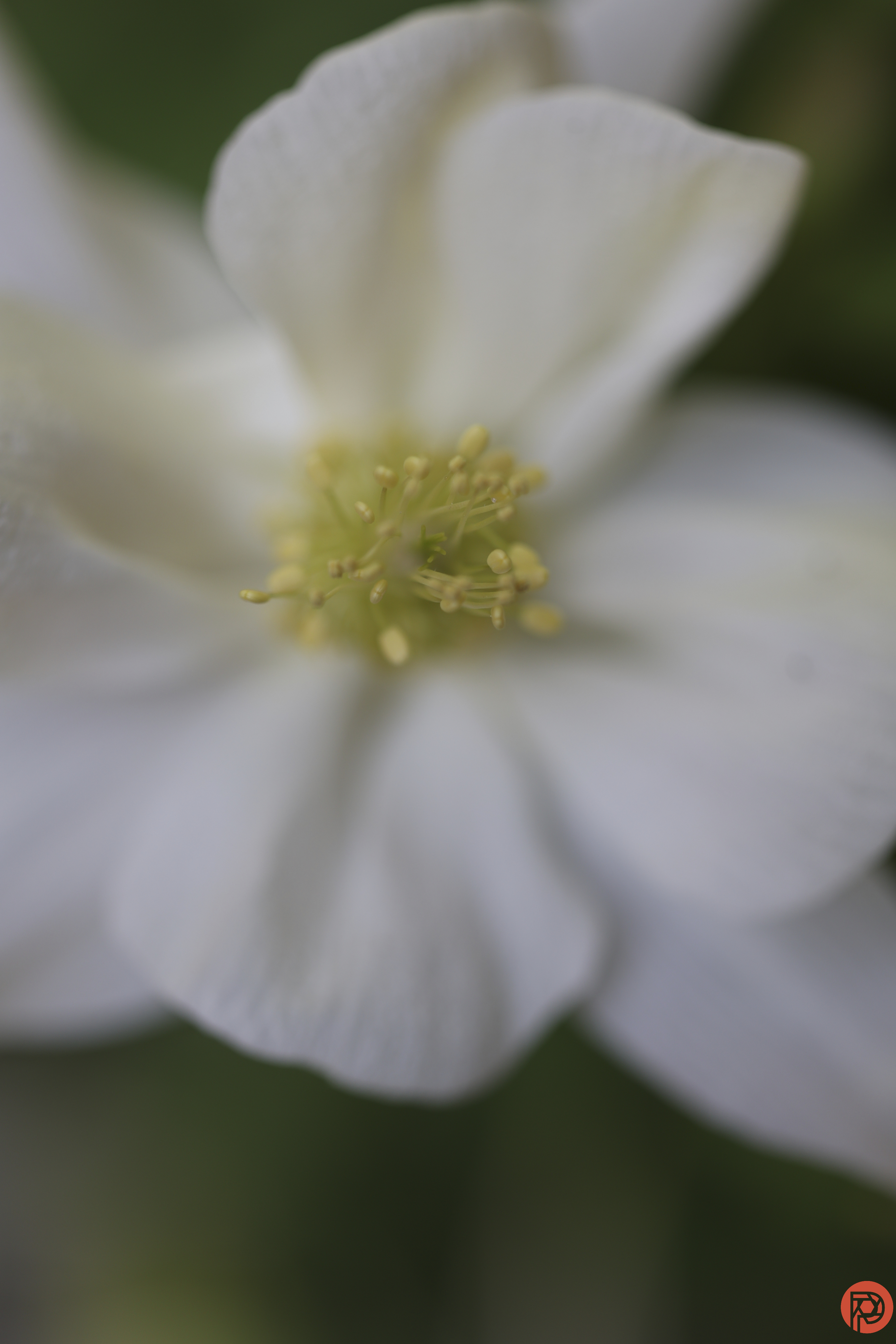
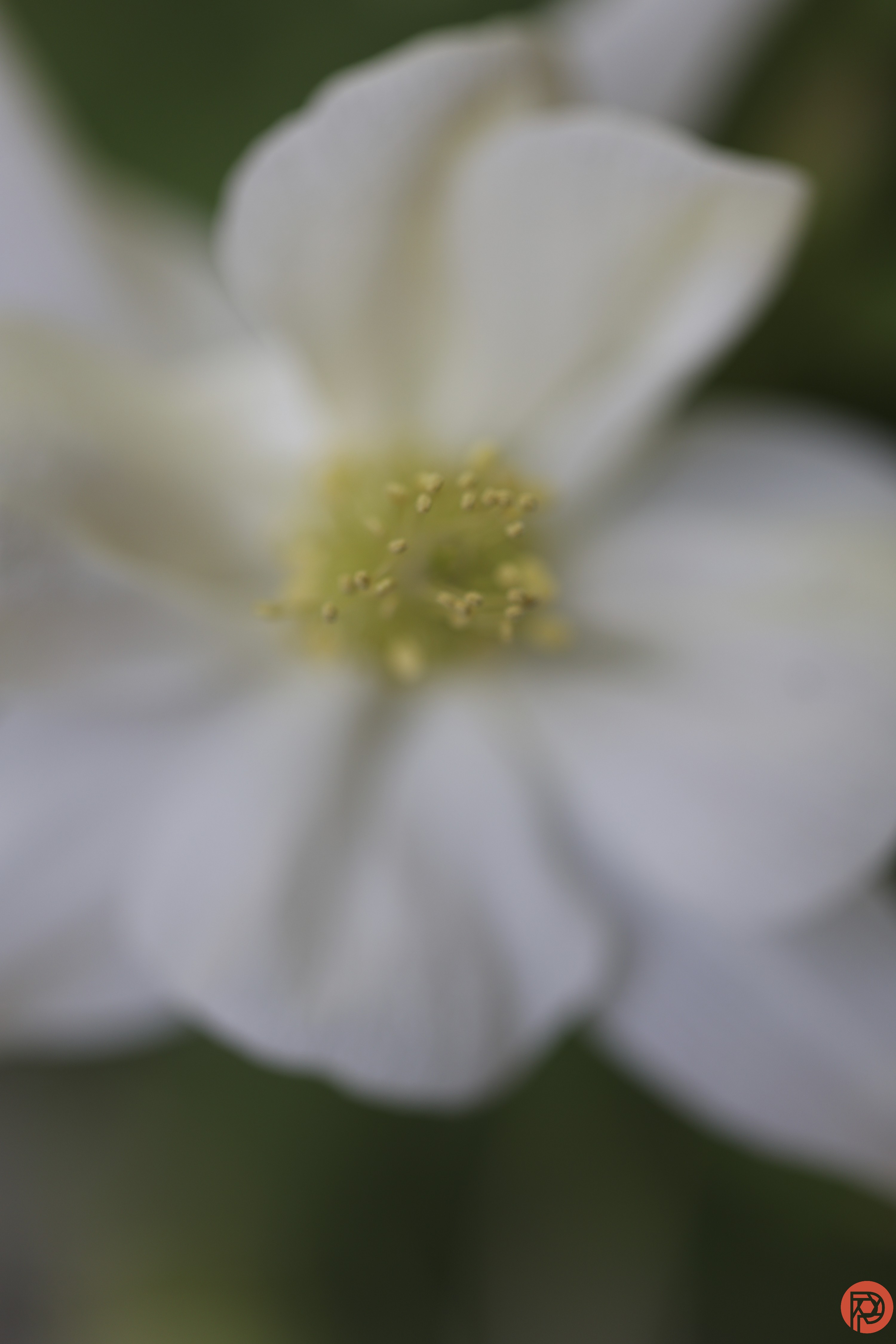
Spherical aberration is what makes the corners of an image soft. Because the glass curves, the corners don’t meet the focal plane and the edges end up not as sharp as the center. Modern lenses are designed with different elements to fight this corner softness. Ironically, these corrections can sometimes cause chromatic aberration or color fringing around high contrast areas. But, modern lenses tend to feel more clinical, with little character. Balancing technical perfection and lens character is difficult to do. But, finally, Canon has managed to create a lens that’s going to appease both the pixel peepers and the photographers looking for character.
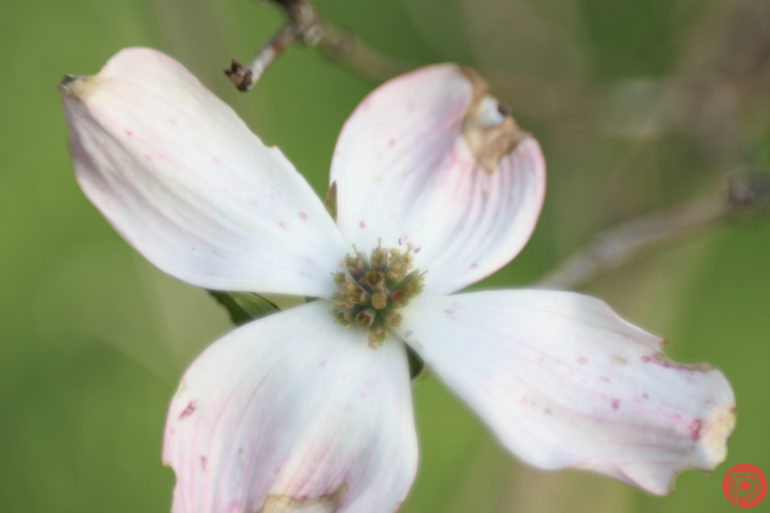
Locked in the center, the lens delivers sharp images, with only a minor softening at the corners. Use that SA dial and you can add slight softness, or a more extreme level of softness. The best way to explain the SA ring is that it’s like a variable mist or dream filter. Turn it and get a very dreamy look, with everything a bit soft and highlights glowing. You can add in as much softness as you want, or keep everything sharp. This isn’t the perfect analogy, as the composition does get in slightly closer when using the SA ring. But, with the SA dial, you can get both sharp images and dreamy ones from the same lens.
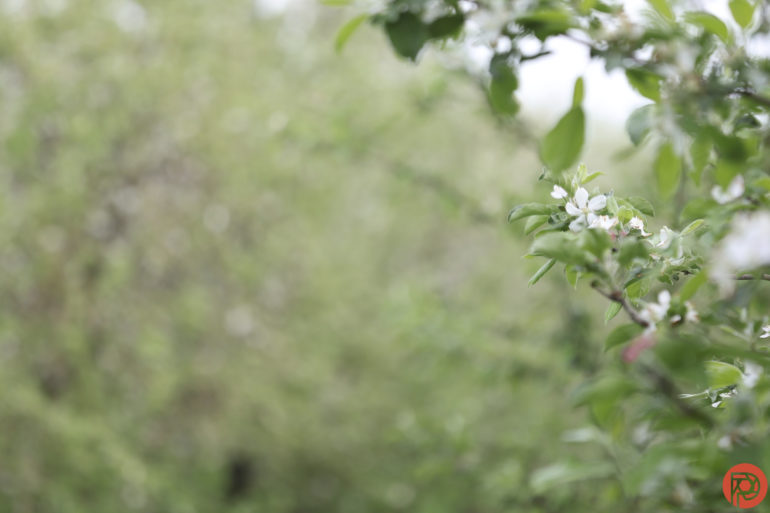
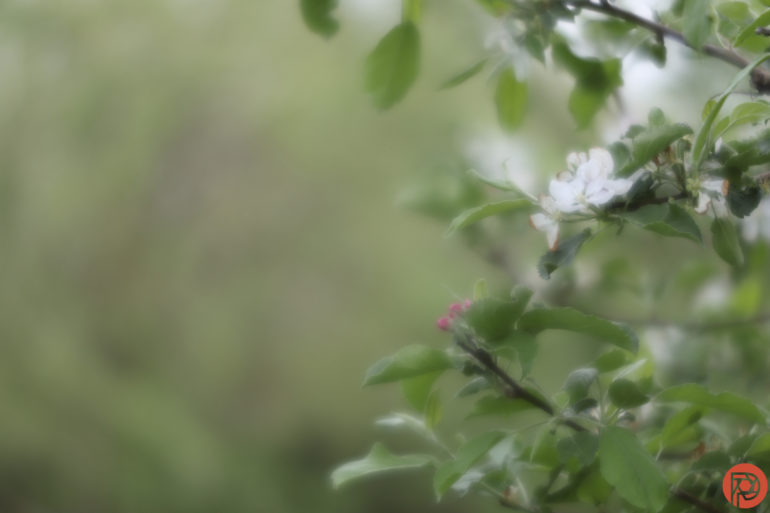
Canon describes this ring as controlling the character of the bokeh. In a way, this is true; the background is softer when using the SA ring. But, it’s important to note that, unless on a very small setting, the subject is also softer as well. In fact, the SA ring makes the bokeh so soft that natural points of light such as sunlight through trees don’t form bokeh balls. When using this lens outside, the background was much softer, but I didn’t get any swirly or bubbly bokeh.
The effect on the bokeh is a bit more noticeable with a brighter light source such as string lights. Here’s what the shot looked like with the SA ring locked into the neutral position:
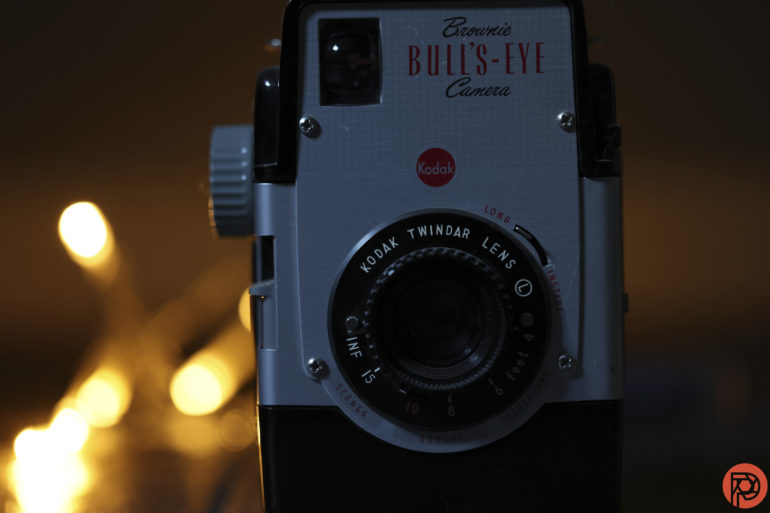
And below is the same image with the SA dial turned all the way to the “-” side. There’s definitely added softness here, but the bokeh doesn’t swirl or bubble:
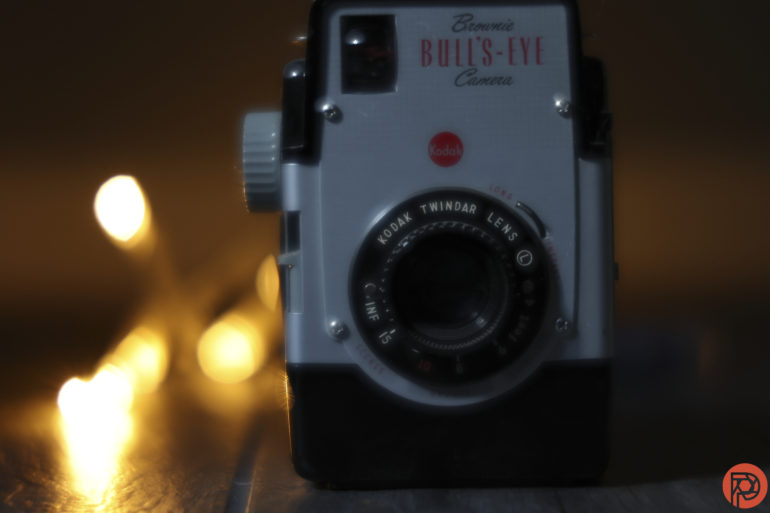
Turn the SA dial all the way to the + and notice that some of the bokeh balls now have a well-defined edge. Yum, onion rings! There’s still an overall softness to the subject. This could be pretty fun to play with, but I was a little disappointed that it was so difficult to get this effect. The lens needs bright and small light sources, and sunlight filtering through tree leaves didn’t create the same effect.
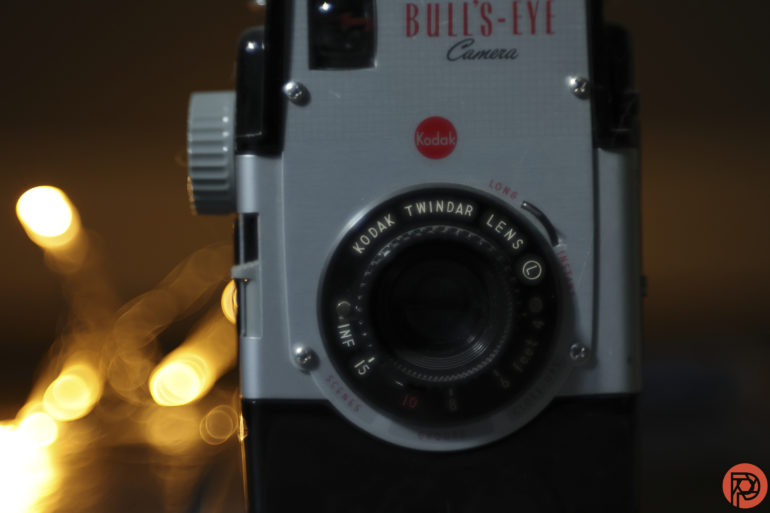
The character and versatility of the SA dial is impressive and certainly innovative. But, it takes some experimenting to get the effect you want.
Bokeh

Sure, there are brighter prime lenses out there. But, the longer focal length and closer focusing capabilities give that f2.8 a whole lot of bokeh power. Get in close and this lens delivers some pleasant, soft backgrounds. Use the full extent of the macro capabilities and many backgrounds will blur to a near-solid color. Even shooting full-body portraits, there’s still a nice background separation here.
Points of light generate smooth bokeh balls without onion ringing with the SA dial in neutral. Occasionally, the brightest points of light can get a soap bubble look to them. Towards the edge, bokeh takes on a more cat-eye shape, but this is less prominent the closer you get into the subject. If you use the SA ring, the bokeh balls tend to lose their definition and disappear into the blur of the background.
Sharpness
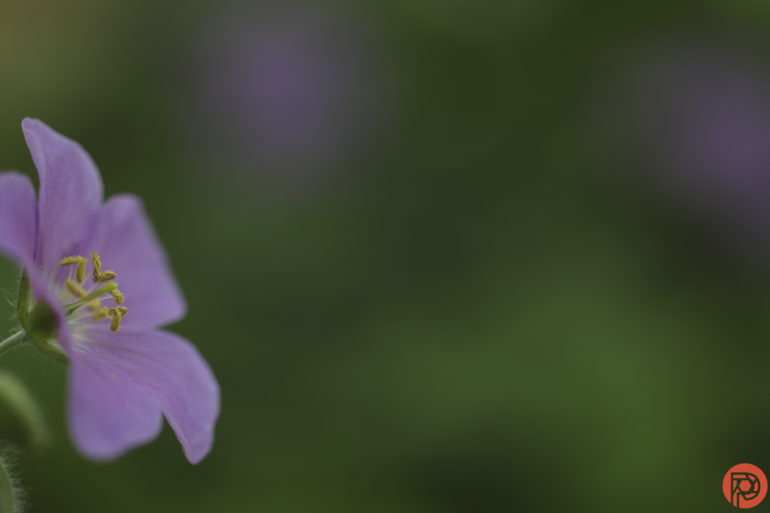
Canon’s best glass has an L in the name and a red ring around the front, and the 100mm Macro is no exception. The lens is very sharp at the center. Shooting wide open, there’s a slight softening at the corners. Subjects on the edge aren’t quite as sharp as those in the center. But, it’s not enough to dissuade me from placing subjects on the edge.
Lens Character
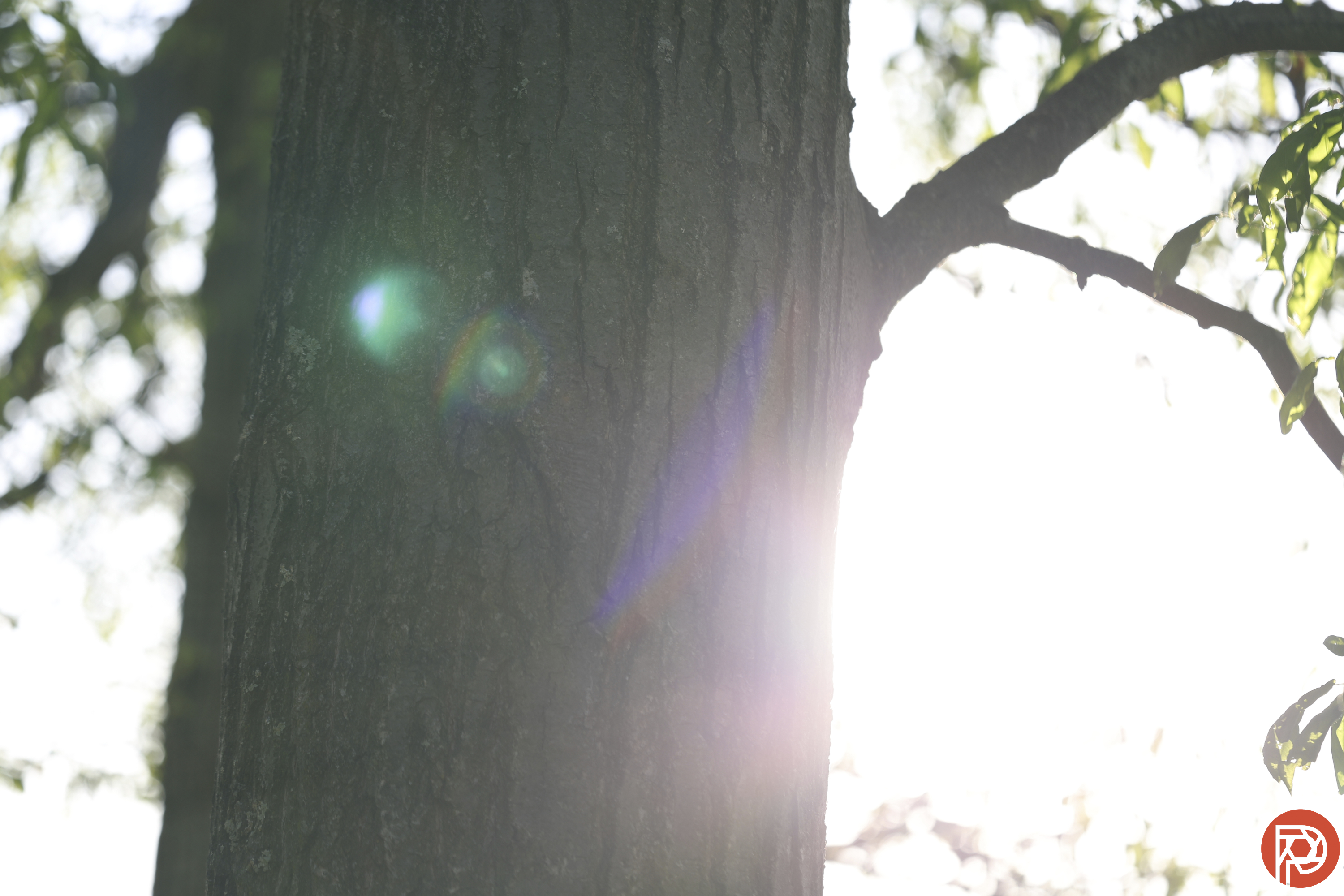
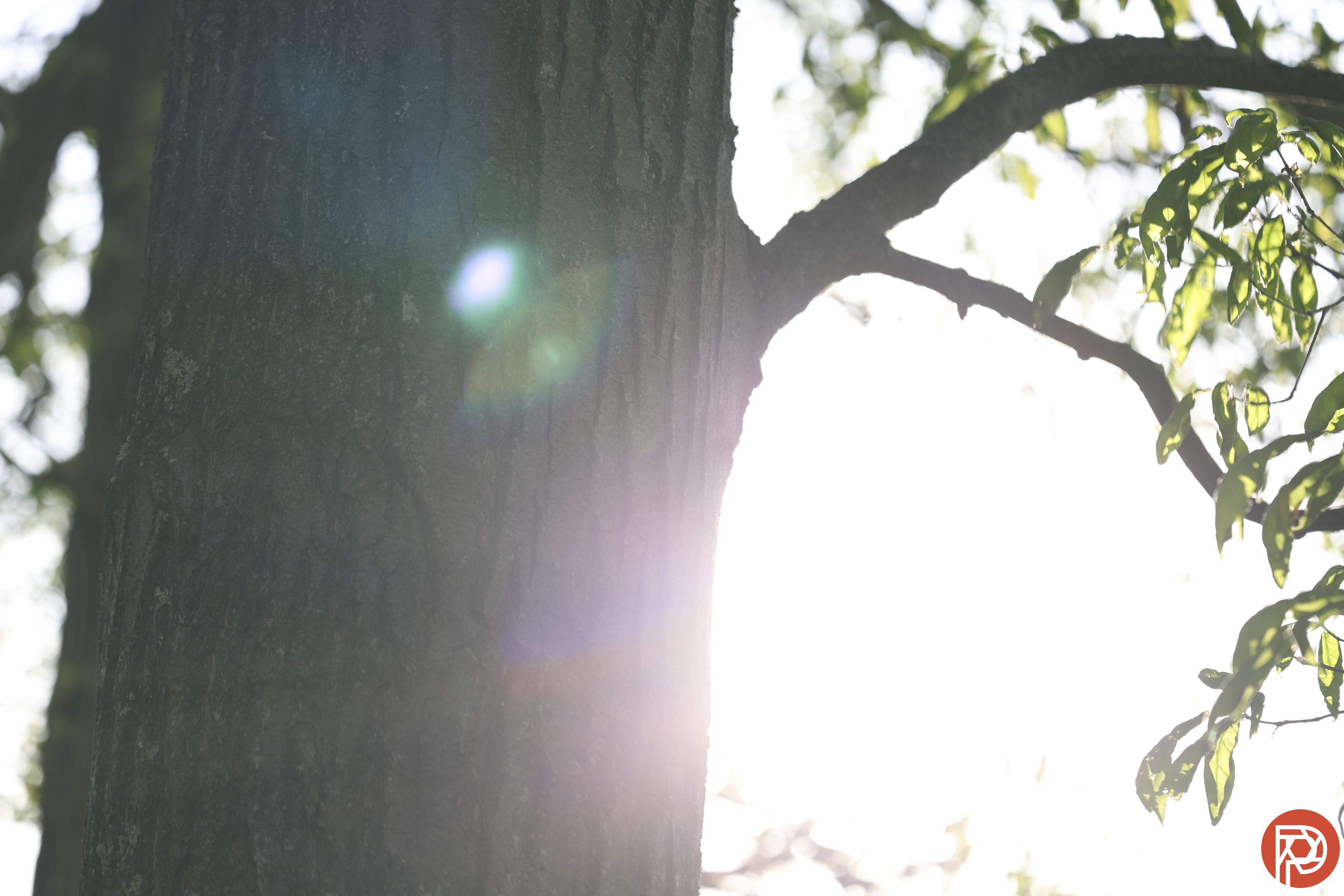
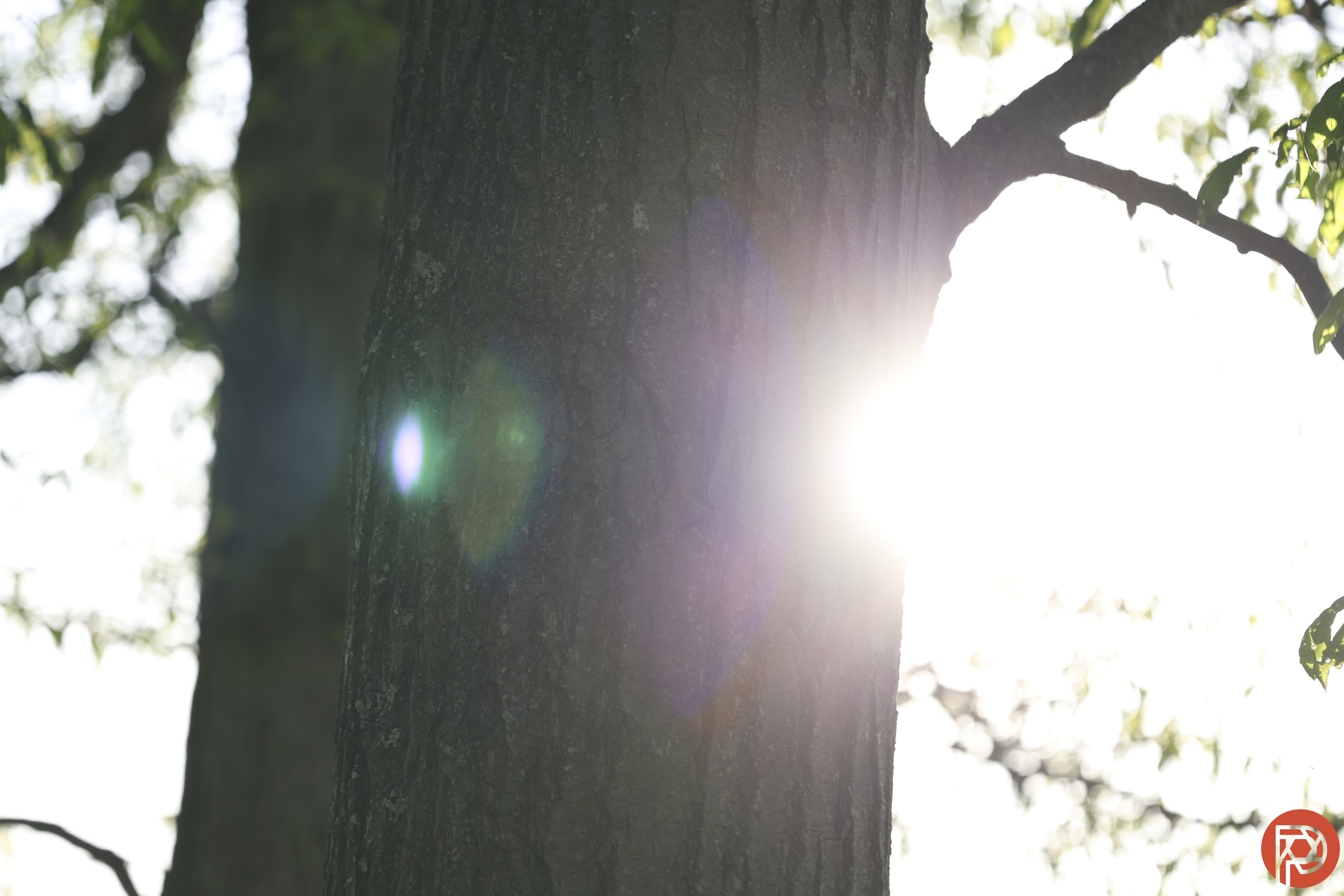
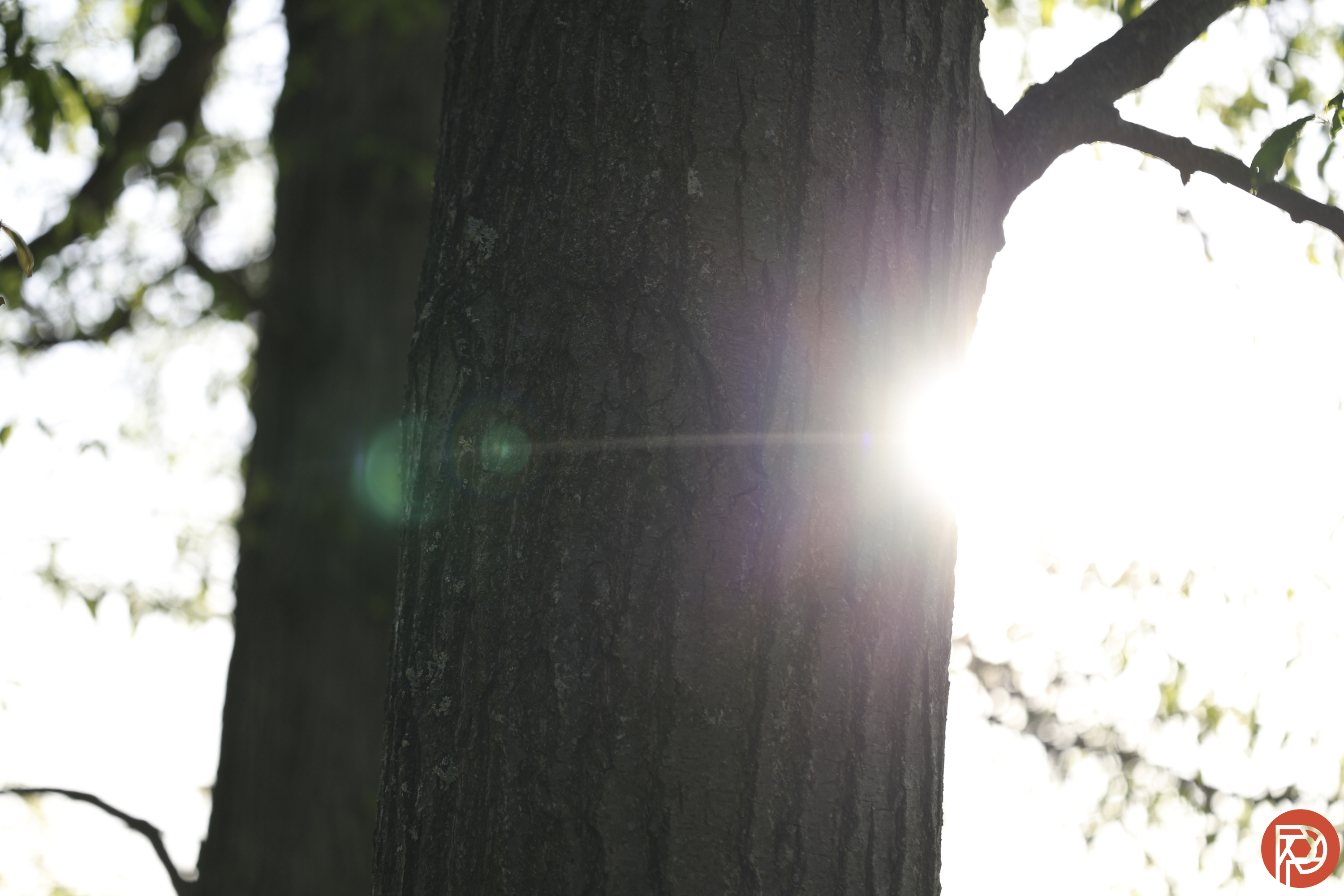
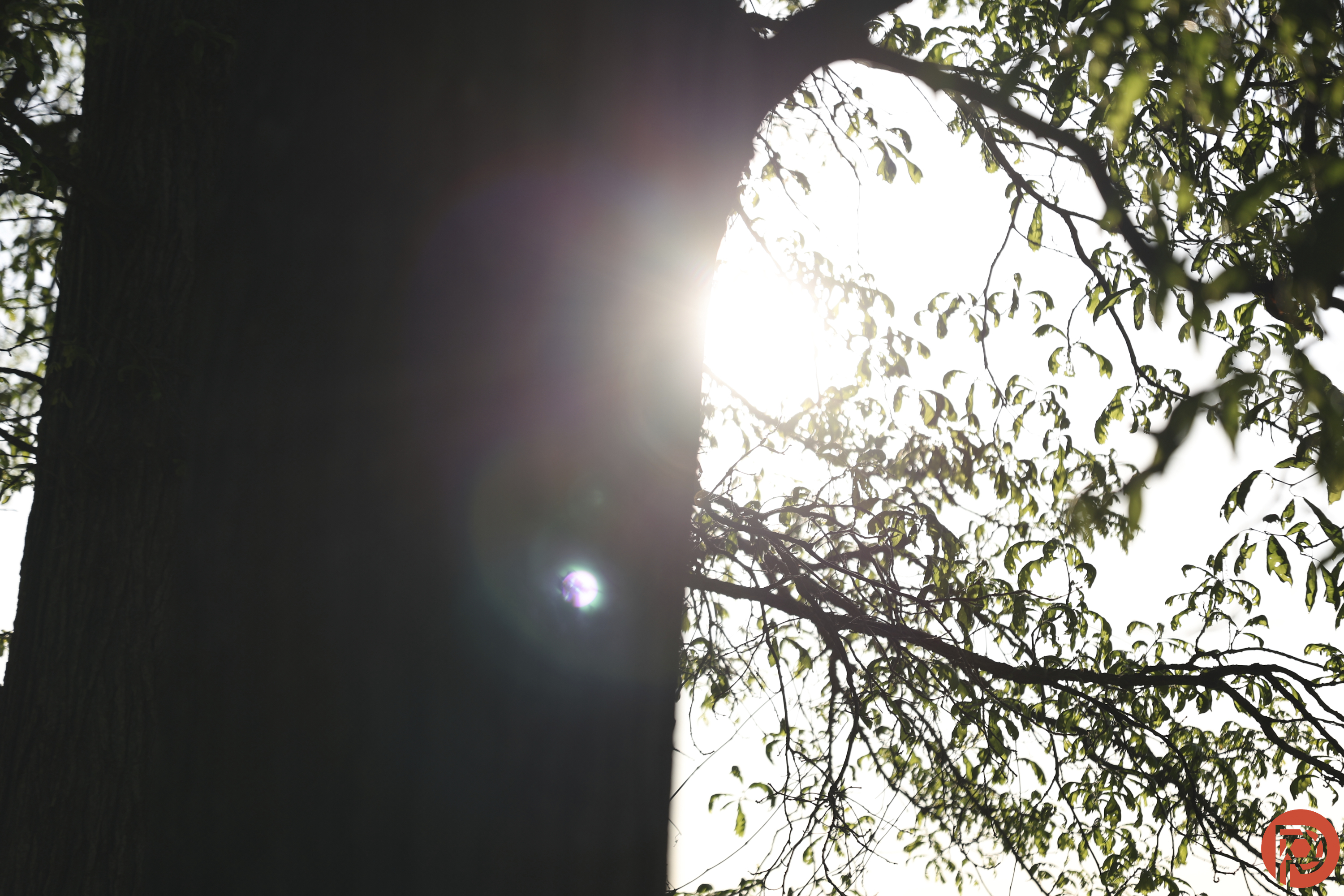
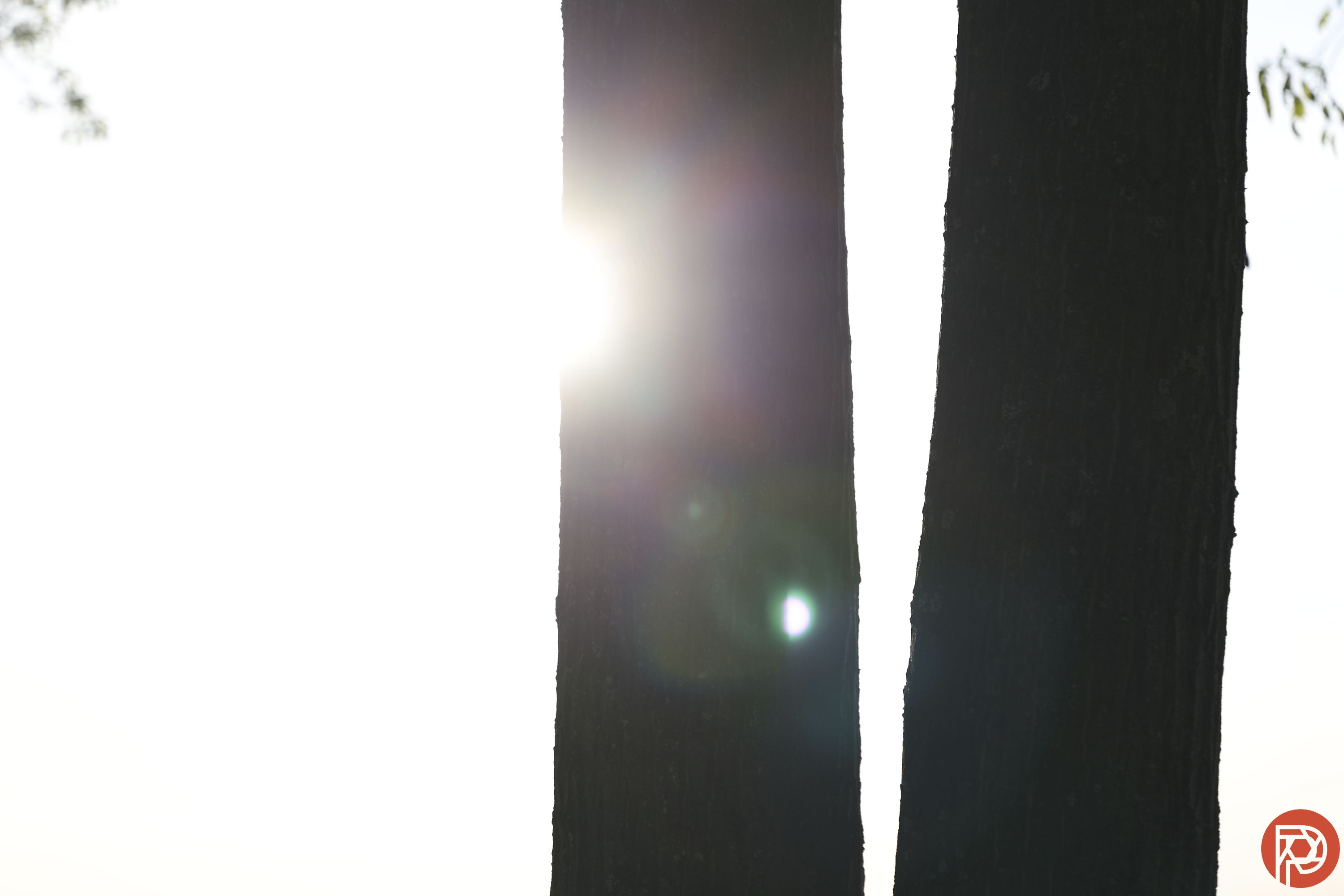
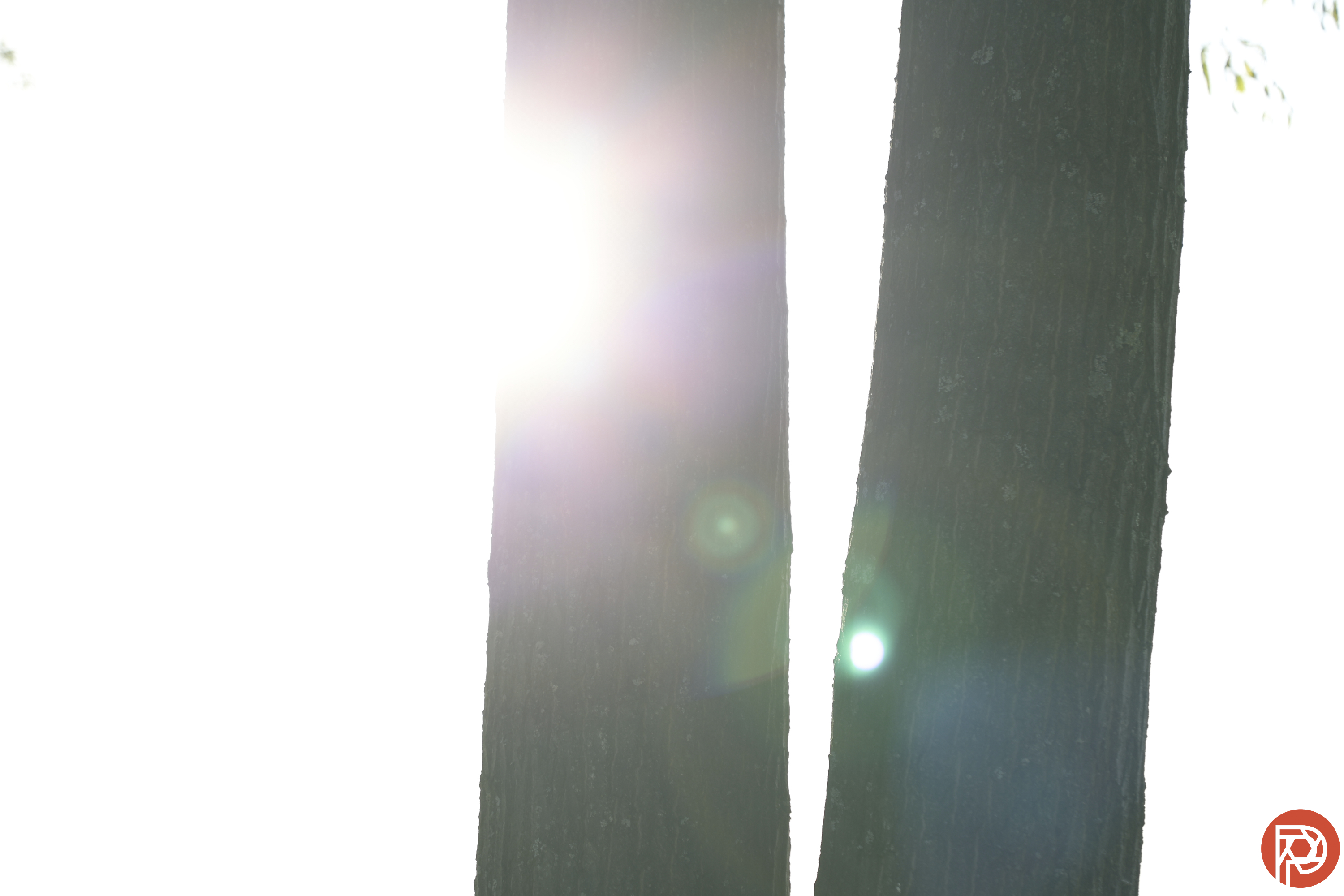
The Canon RF 100mm Macro finally brings character to the modern, ultra-sharp lens. The ability to create sharp images or dreamy softness is key to the character here. However, it’s not the only place that the lens offers character.
I got genuinely excited when I captured flare with this lens. Half-cover the sun with an object like a building or a tree, and the lens creates these cool, rainbow ghosting circles. This was easy to control by slightly adjusting the position of the lens to get the flare in a variety of positions and looks. This is the fun kind of circular flare that special effects software tries to replicate. I just watched an animated movie with my kids and saw that even animated movies are re-creating flare. As hard as modern lenses try to fight flare, many of us love it. But, there is some loss of contrast with flaring.
These photos were shot with the lens hood attached, so it’s not going to be the best for photographers who don’t love flare. But, if you can move the subject a bit or block the sun entirely with an object, you can still shoot backlit without the flare if you prefer.
The RAW files have some slight vignetting that’s not apparent in JPEGs. This vignetting is slight enough to edit out and, based on the JPEGs, will likely be as simple as using the lens profile (once available). I did not detect barrel distortion during my time with this lens.
Color Rendering
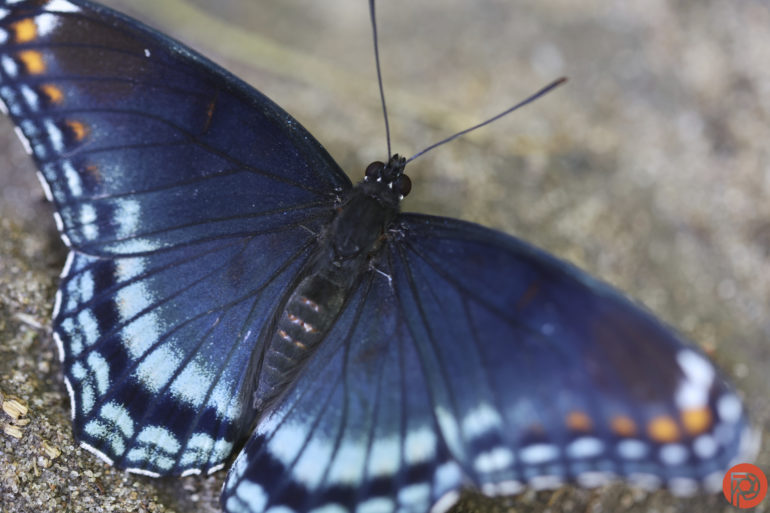
The colors coming from this lens are generally quite accurate. The hues don’t end up over saturated but feel true to life with the correct white balance. In good lighting, there’s lots of contrast and punch to the colors, but it doesn’t feel overdone. Flare will naturally reduce the saturation and contrast in those colors.
Notably, I didn’t spot a lot of chromatic aberration with this lens. Correcting for spherical aberration can actually create chromatic aberration. In theory, photographers should be able to use those smaller SA dial adjustments to fight any chromatic aberration. But, I didn’t feel I needed to and used the SA control primarily for that dreamy look.
Extra Image Samples
From day one, The Phoblographer has been huge on transparency with our audience. Nothing from this review is sponsored. Further, lots of folks will post reviews and show lots of editing in the photos. The problem then becomes that anyone and everyone can do the same thing. They’re not showing what the lens can do. So we have a section in our Extra Image Samples area to show edited and unedited photos. From this, you can make a decision for yourself.
Edited


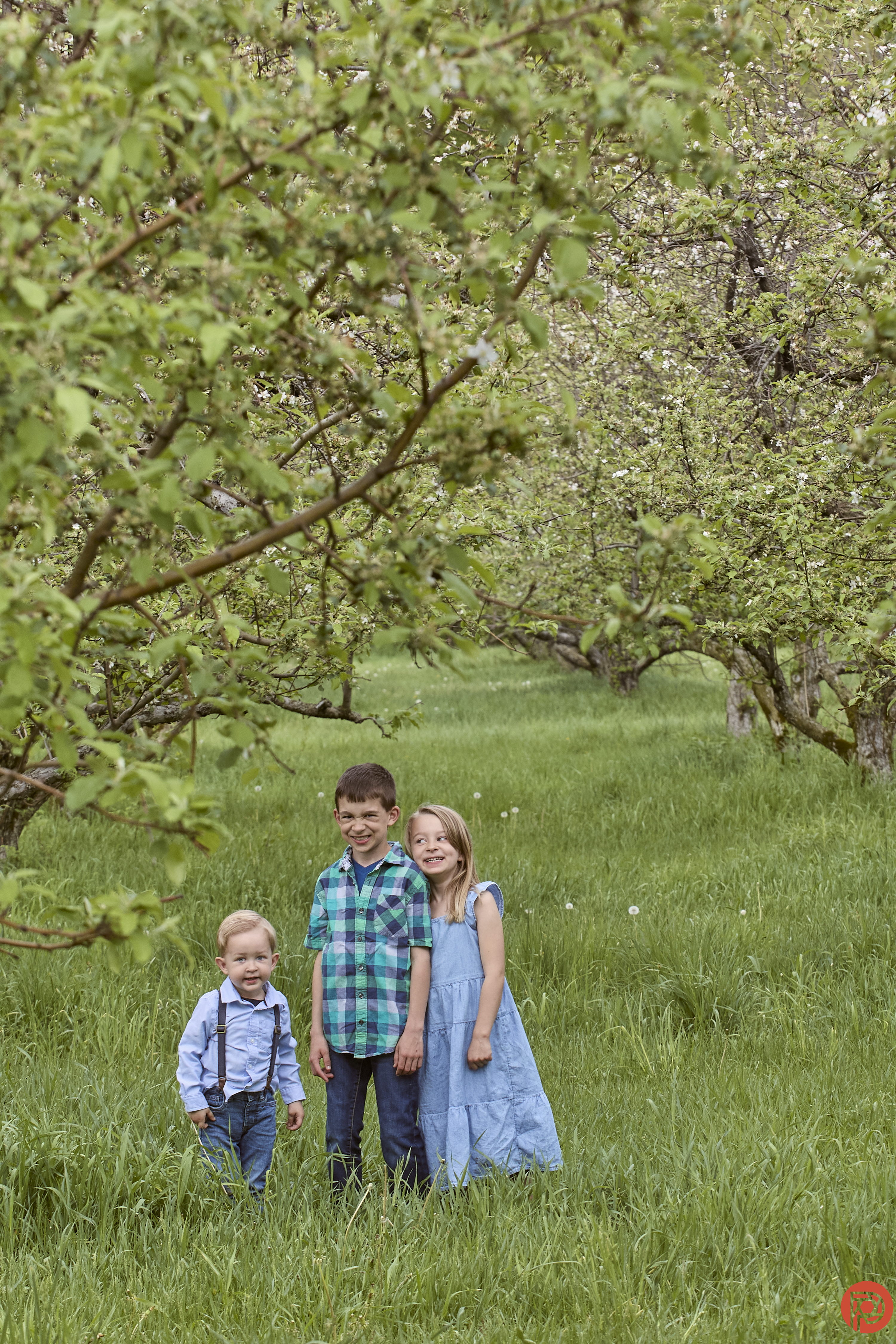
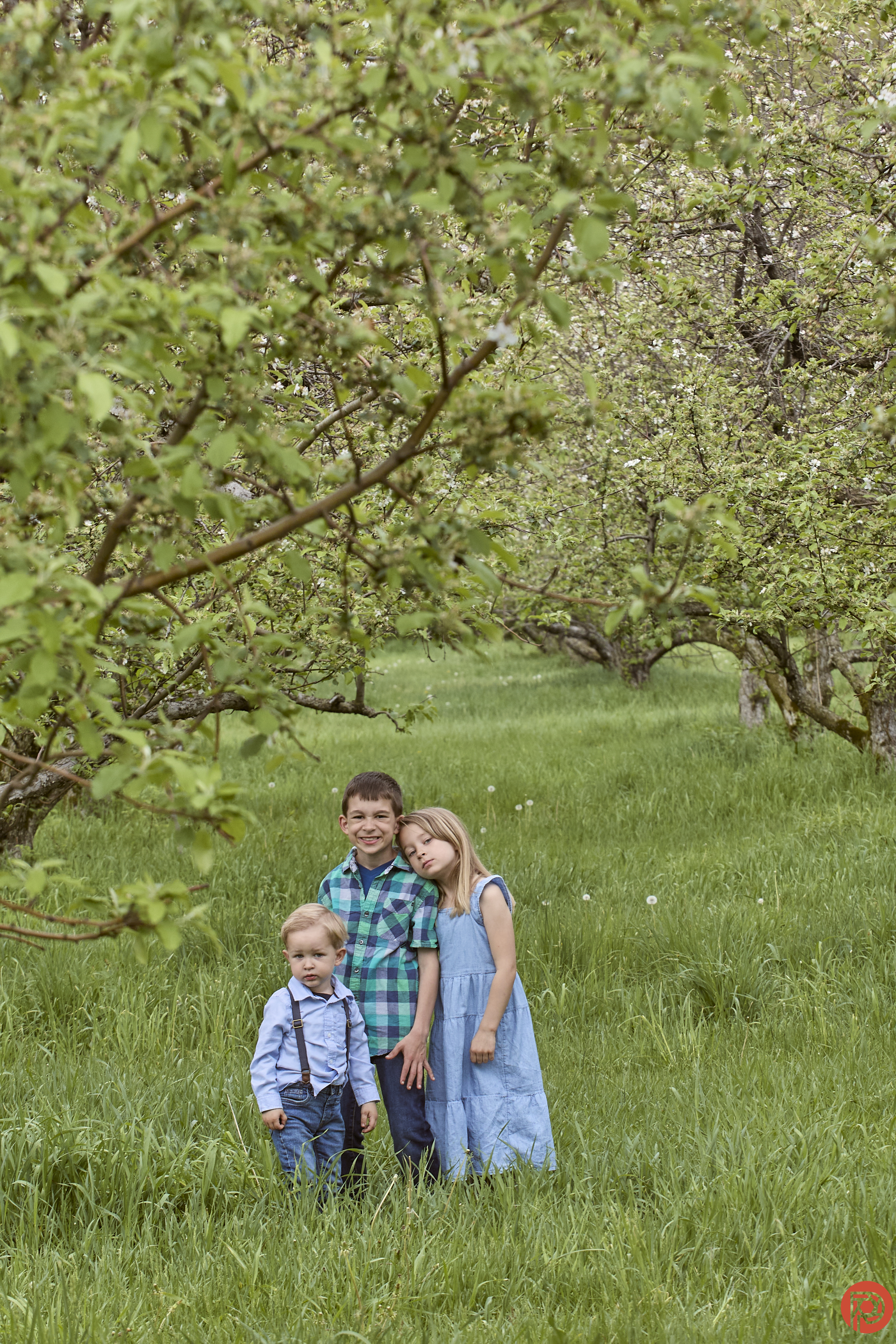
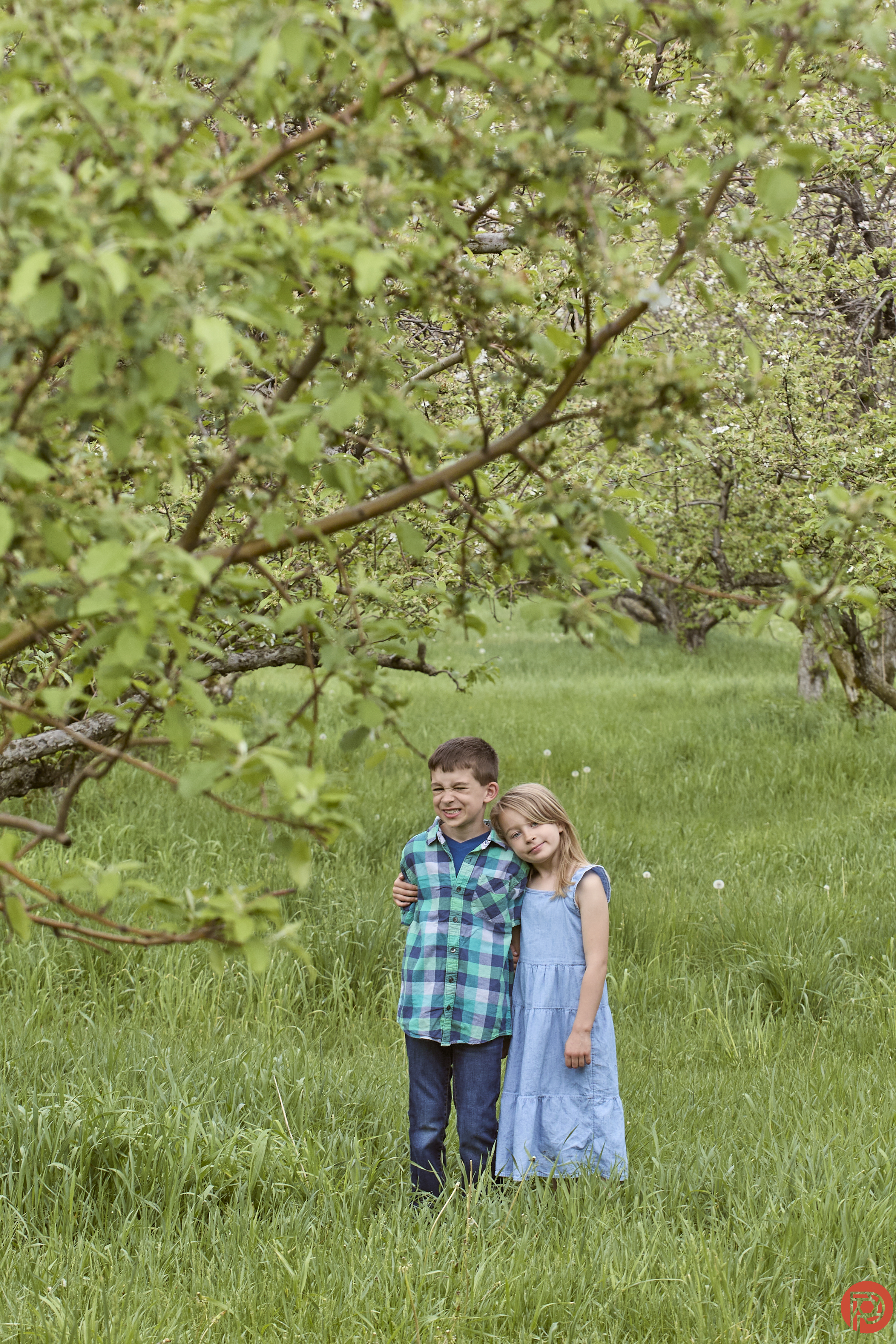


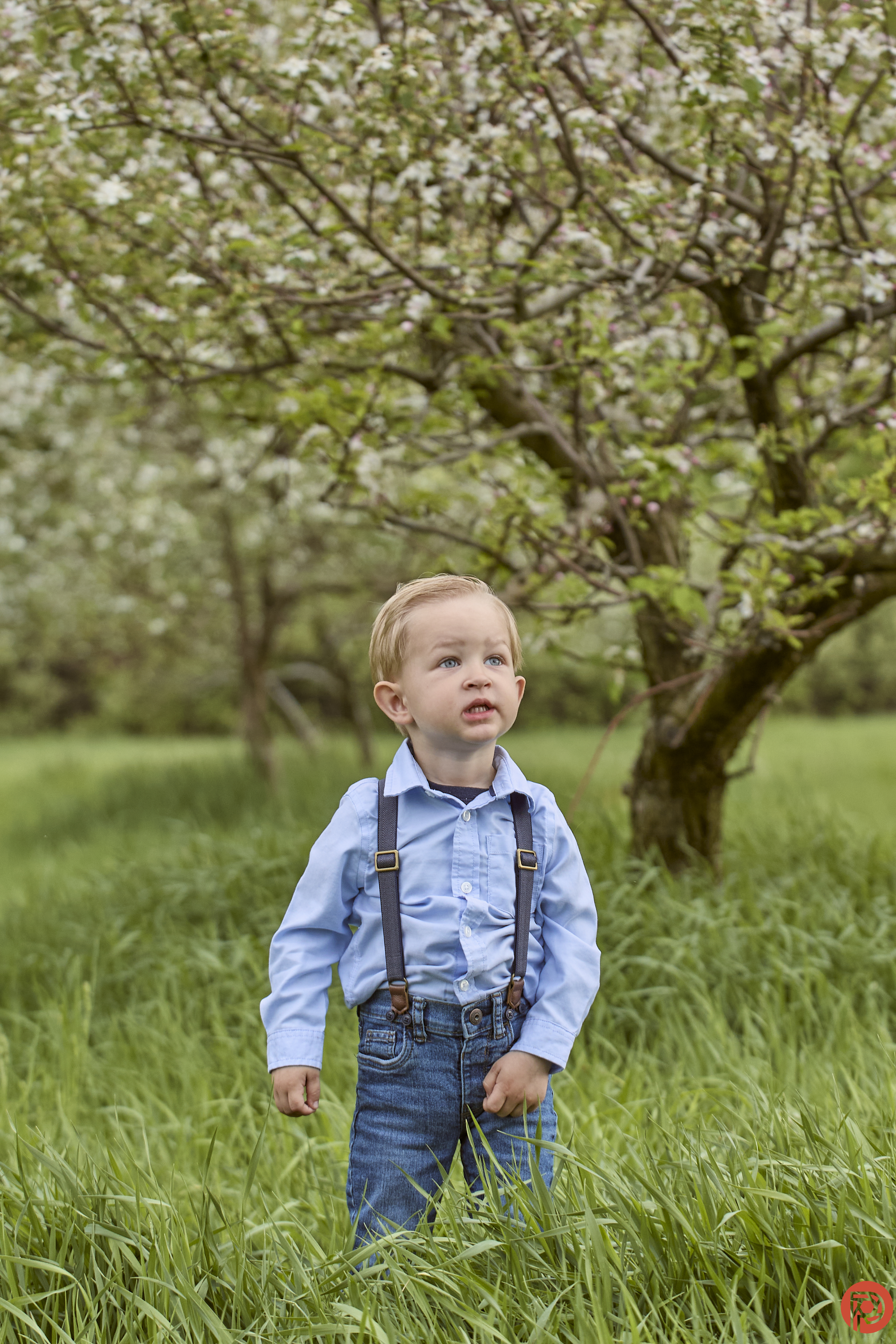





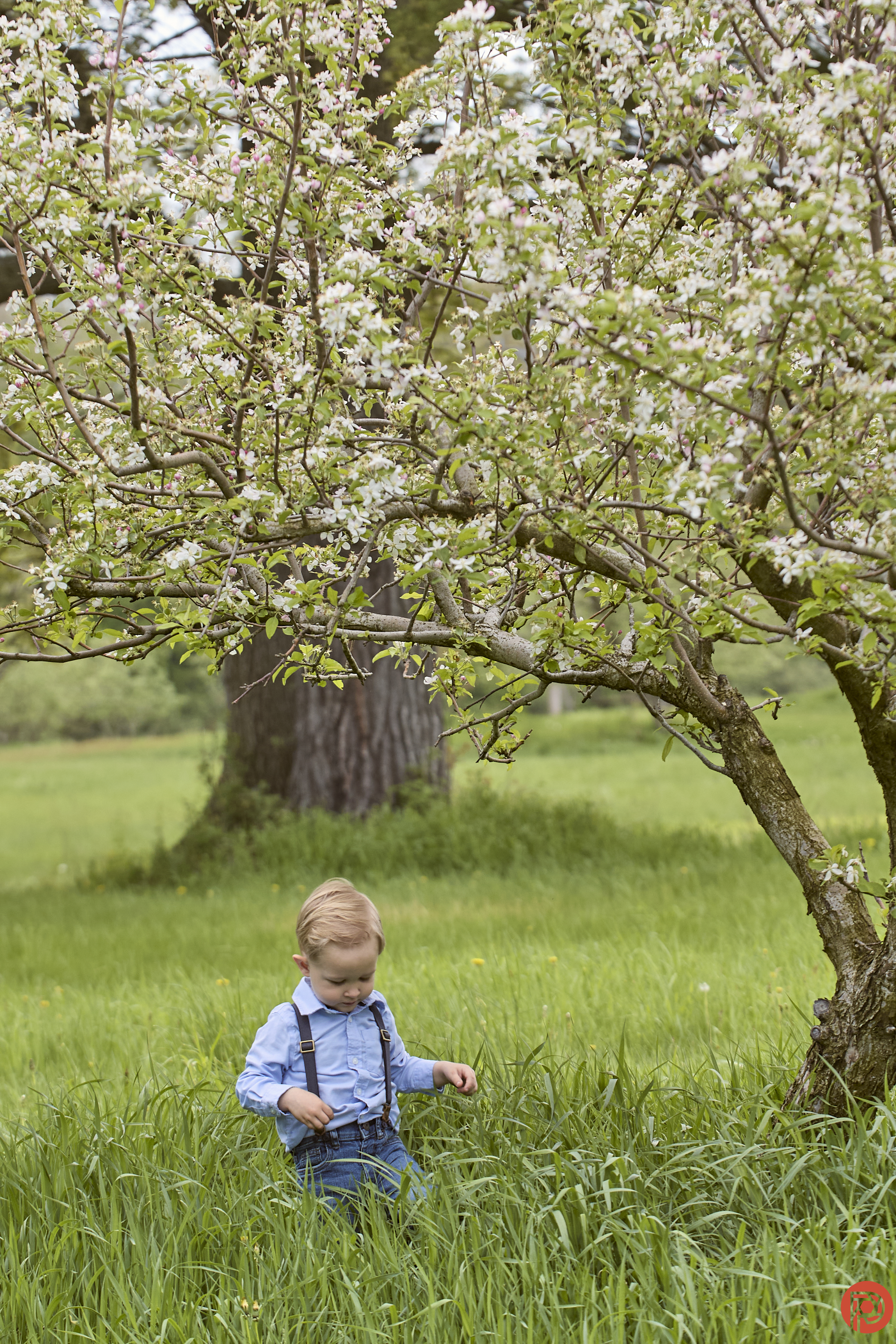
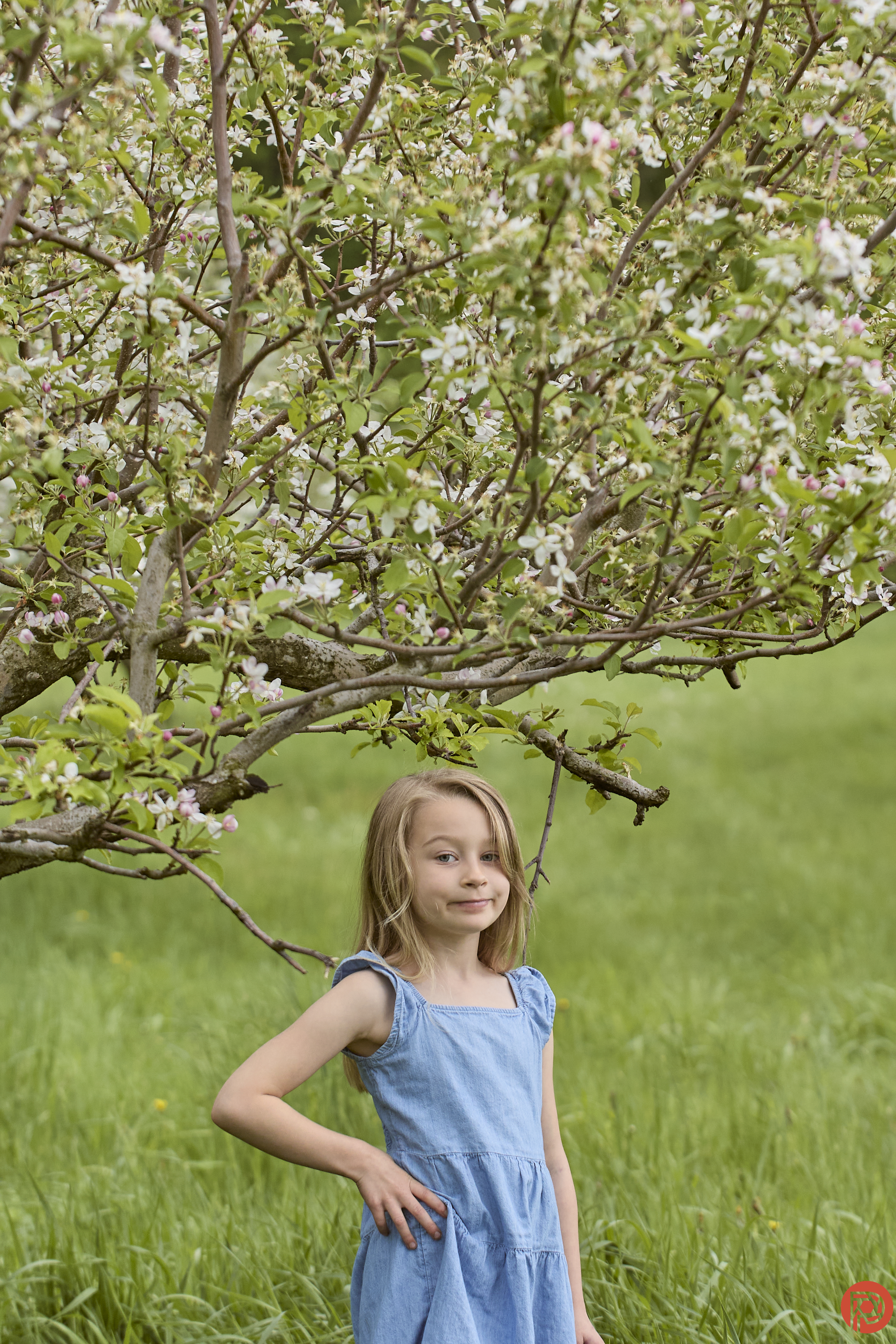



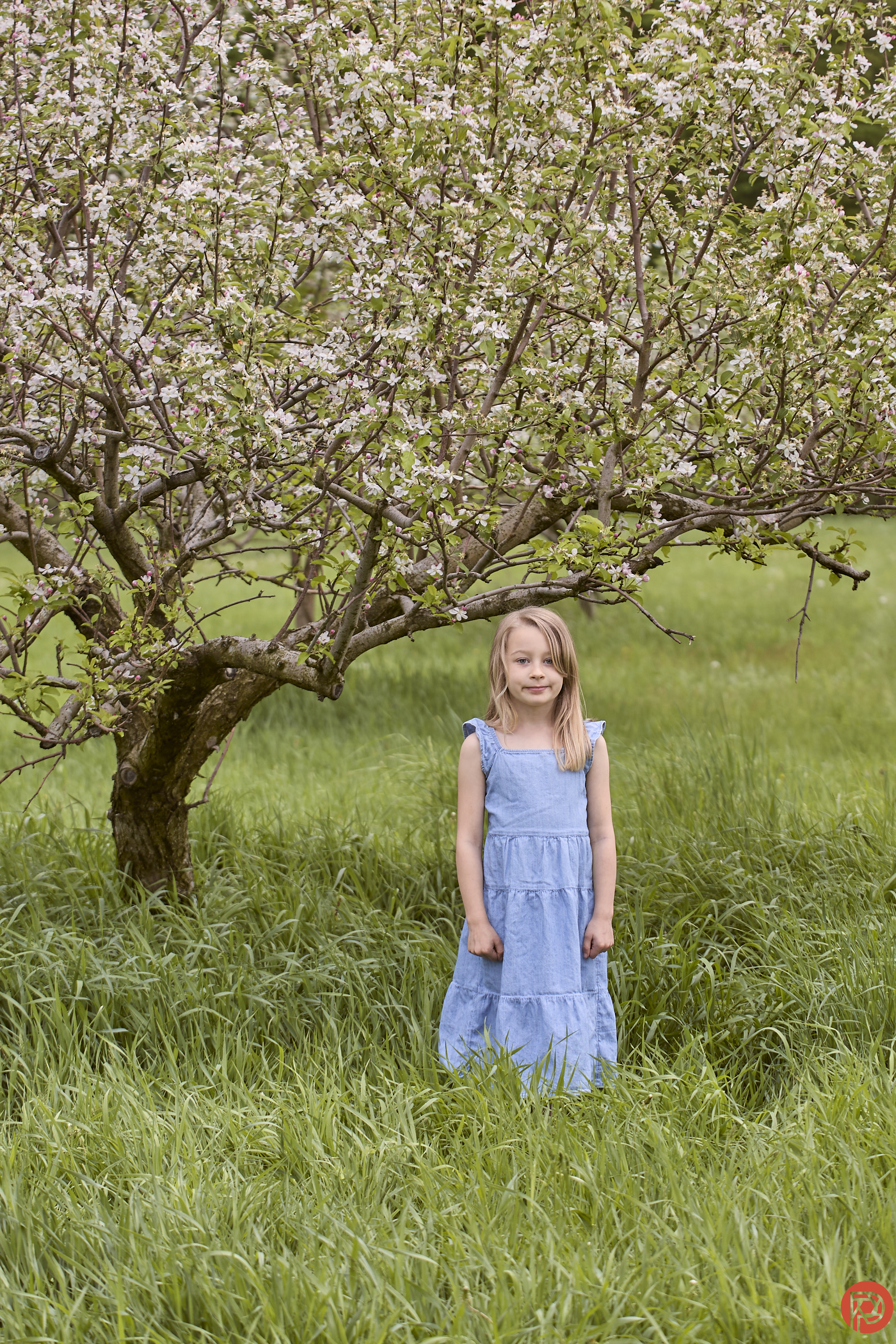
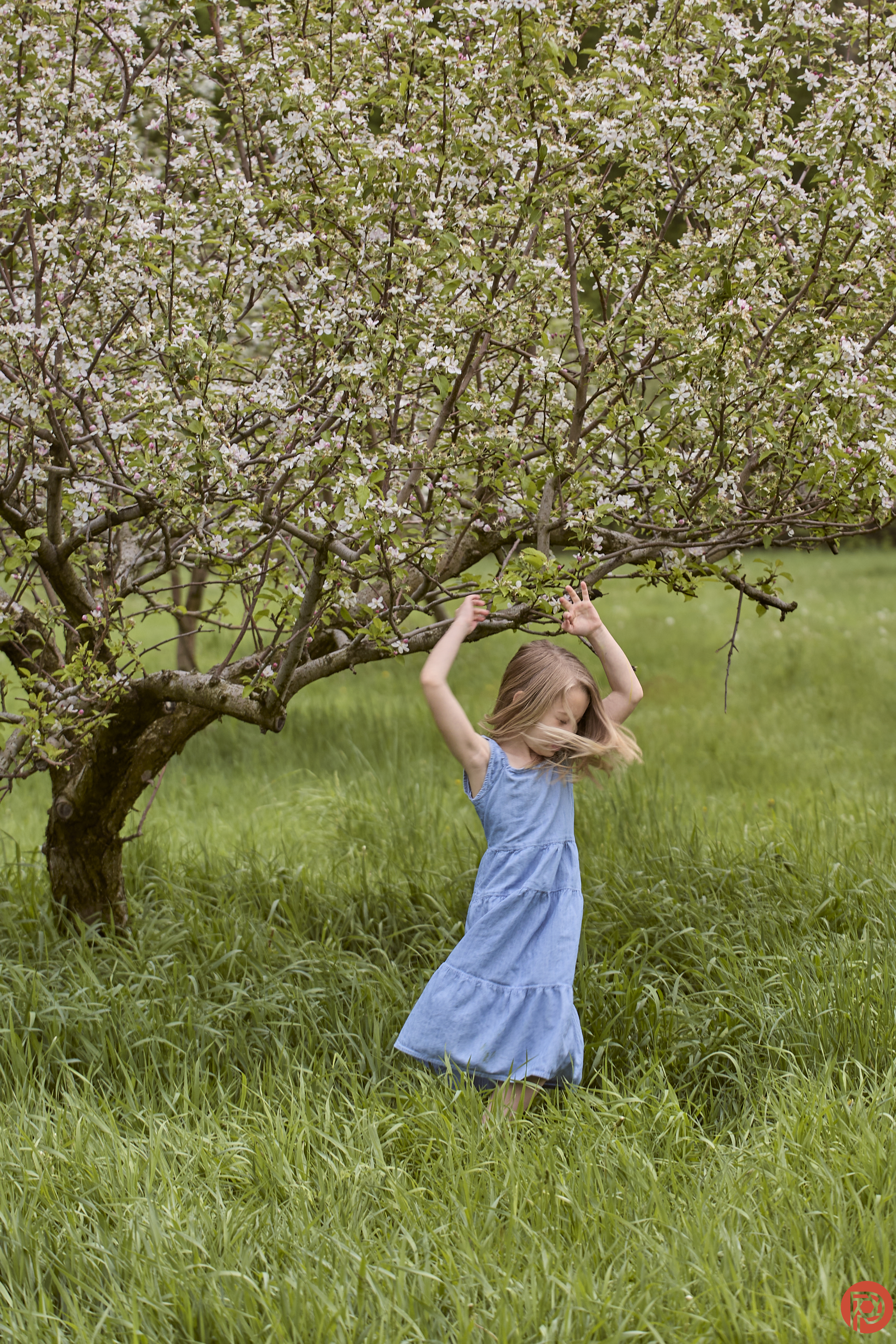
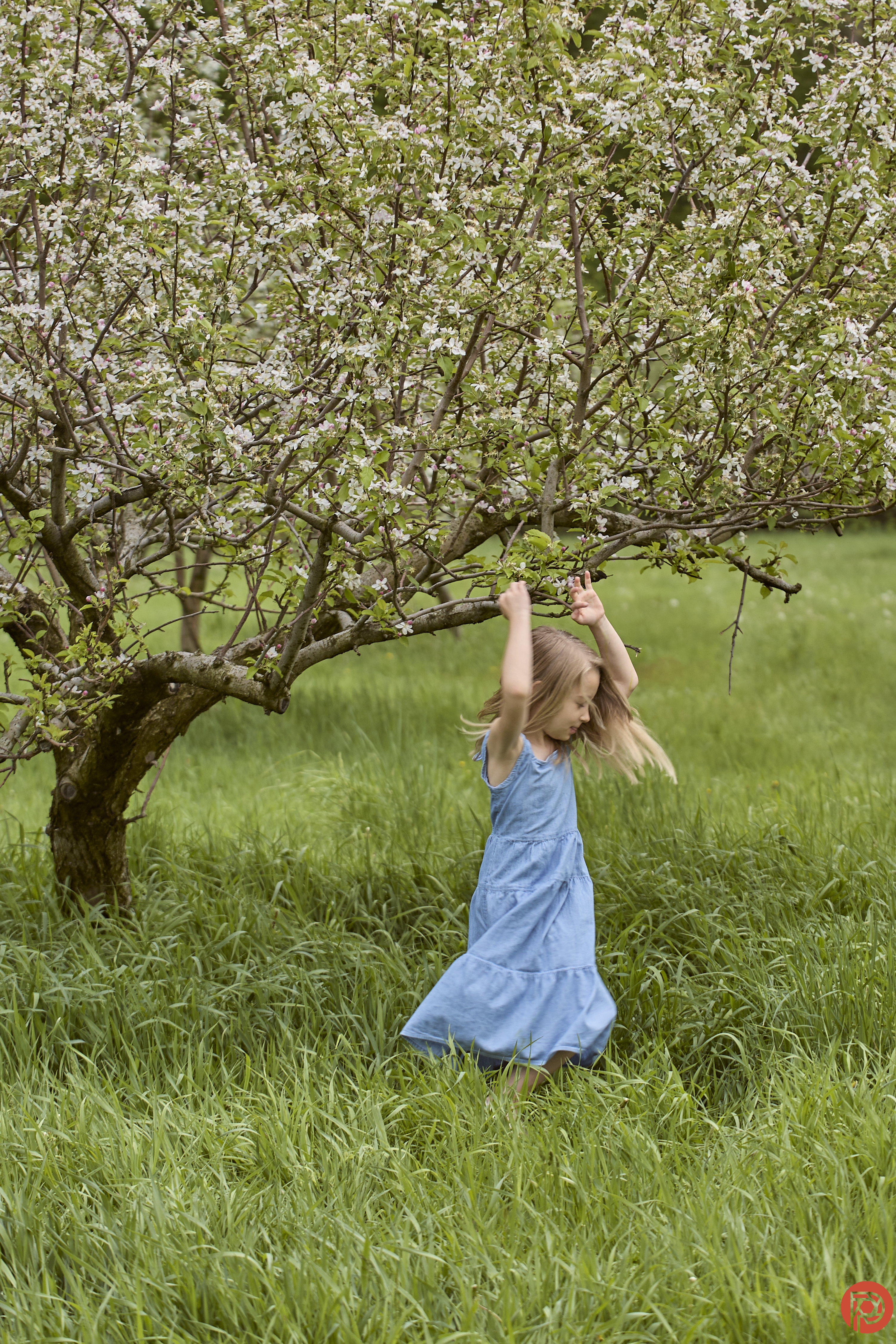
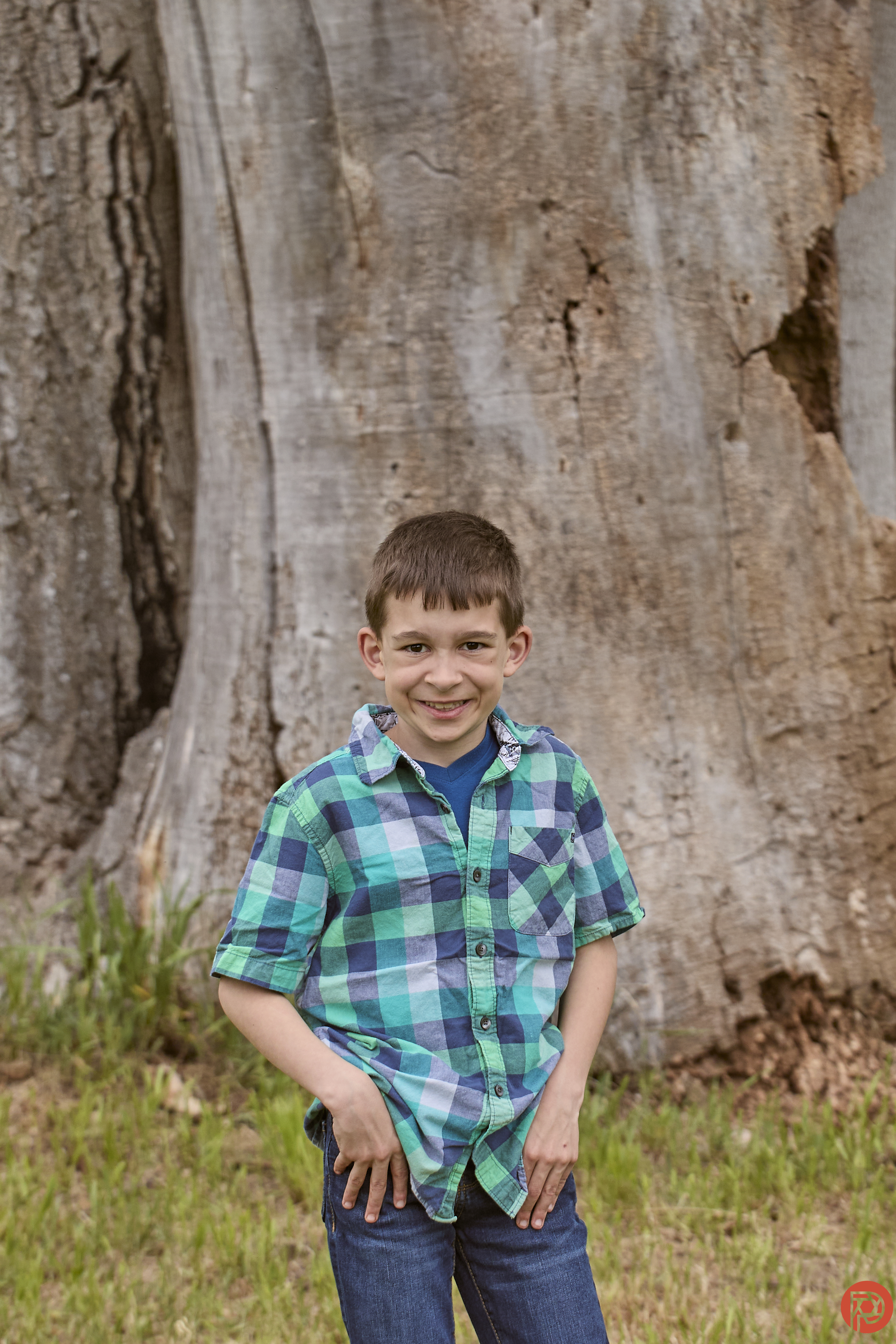
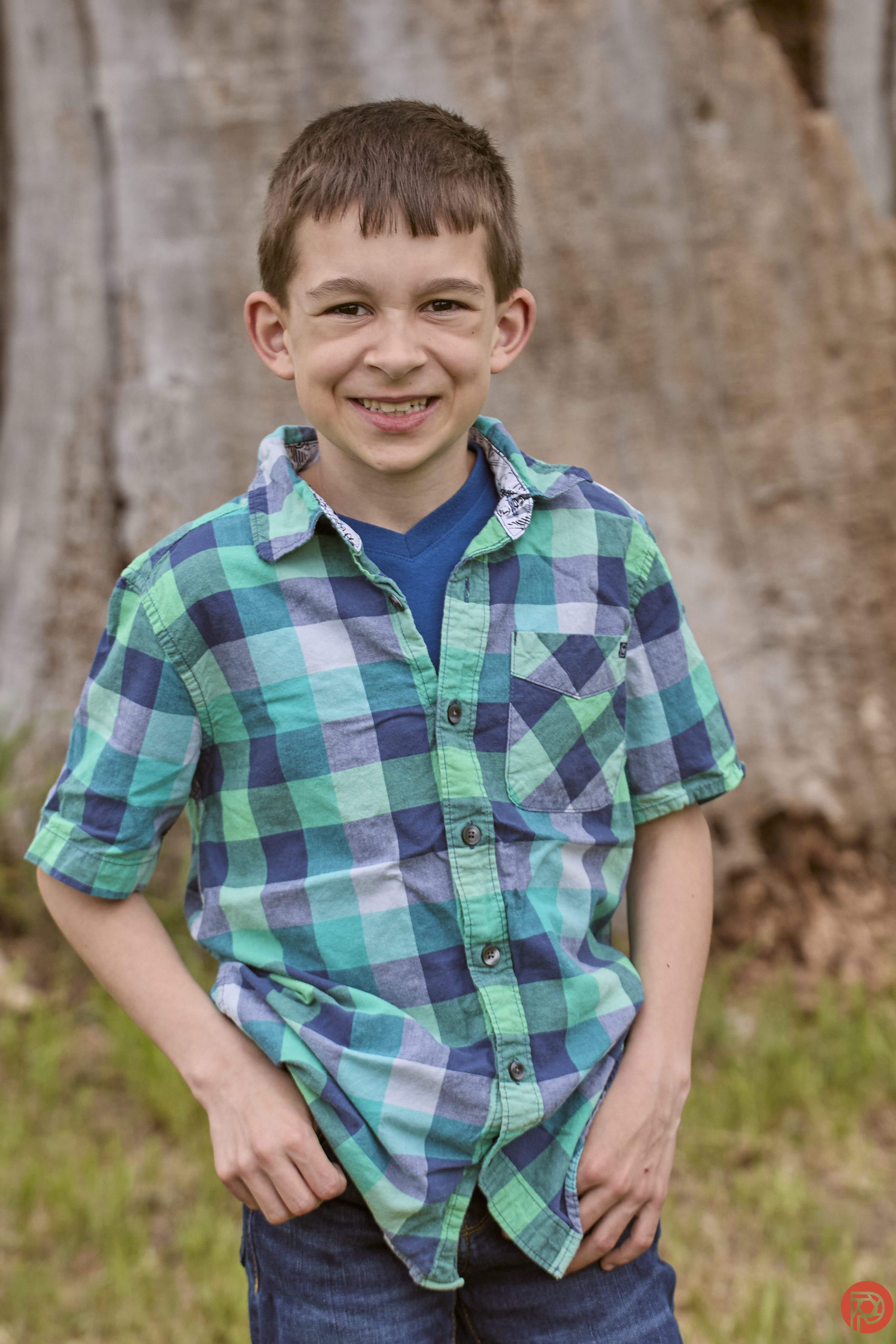



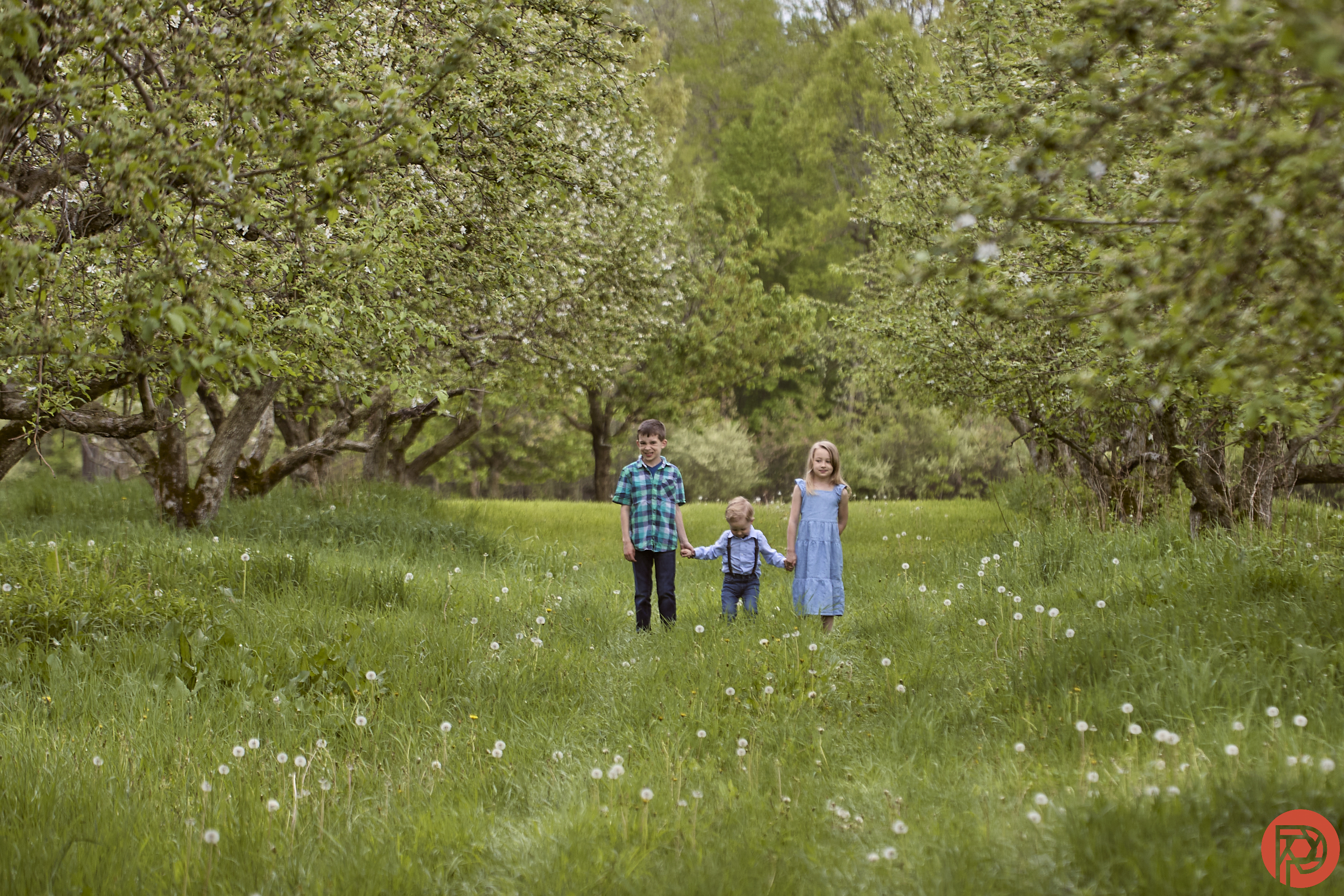
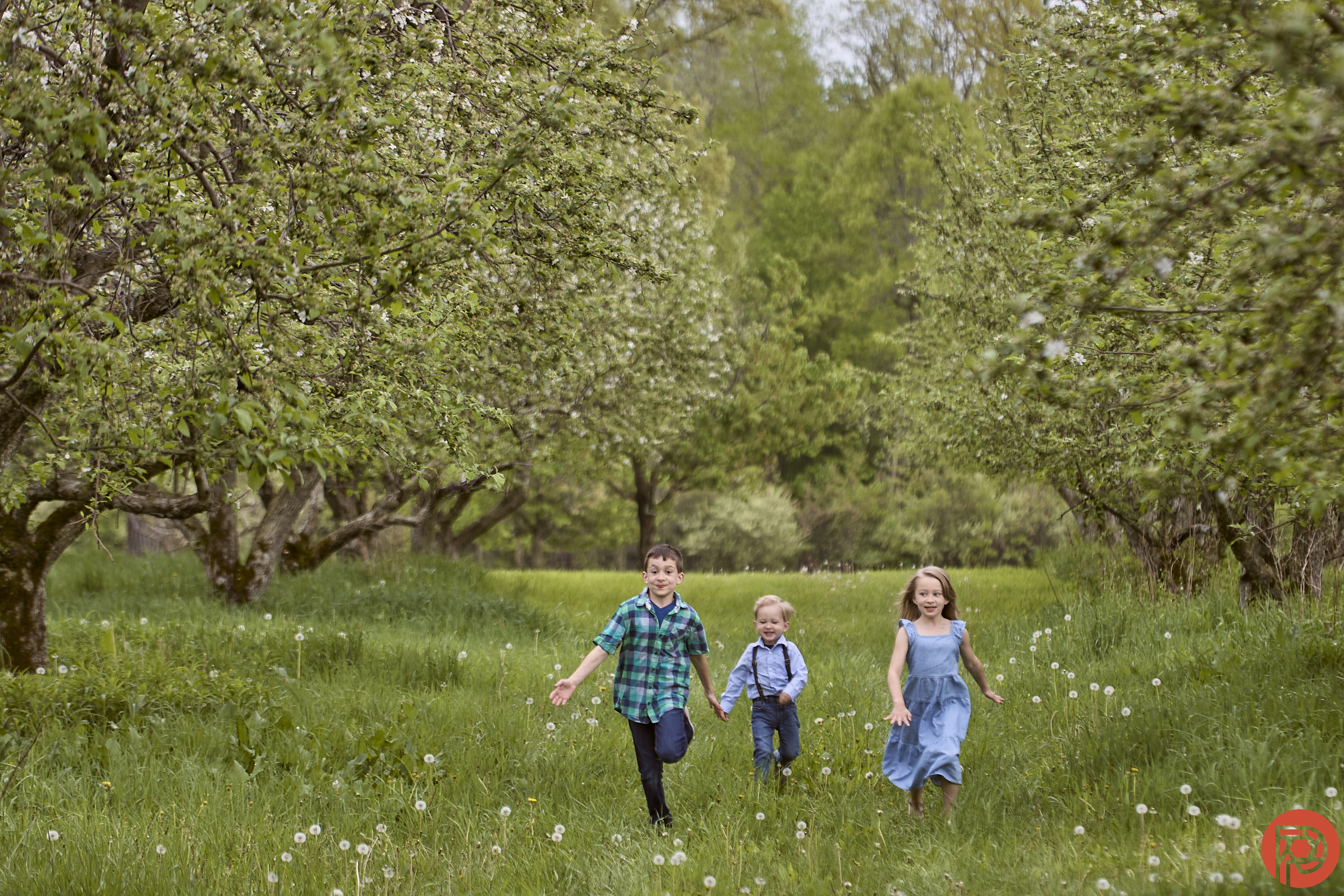

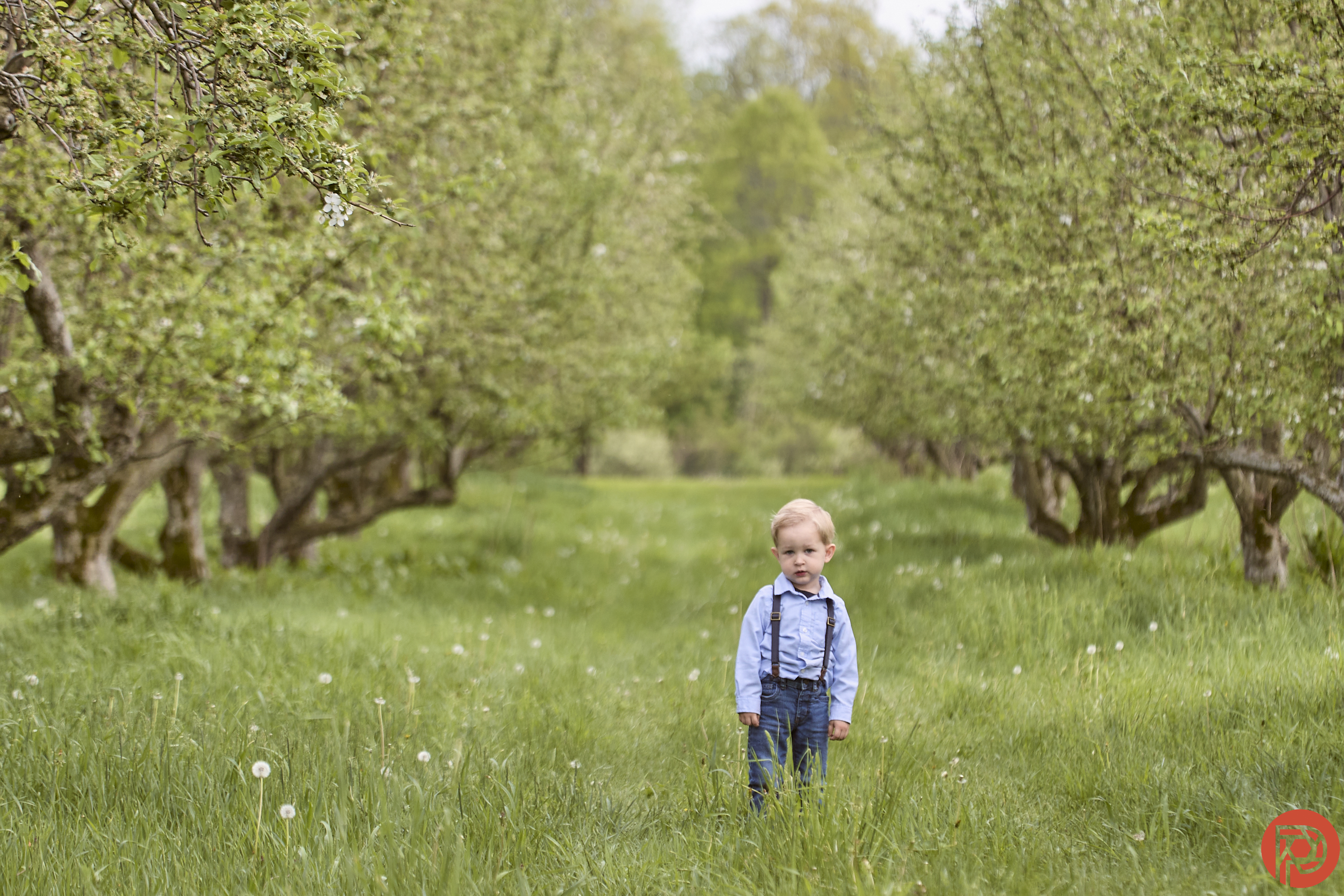


Unedited

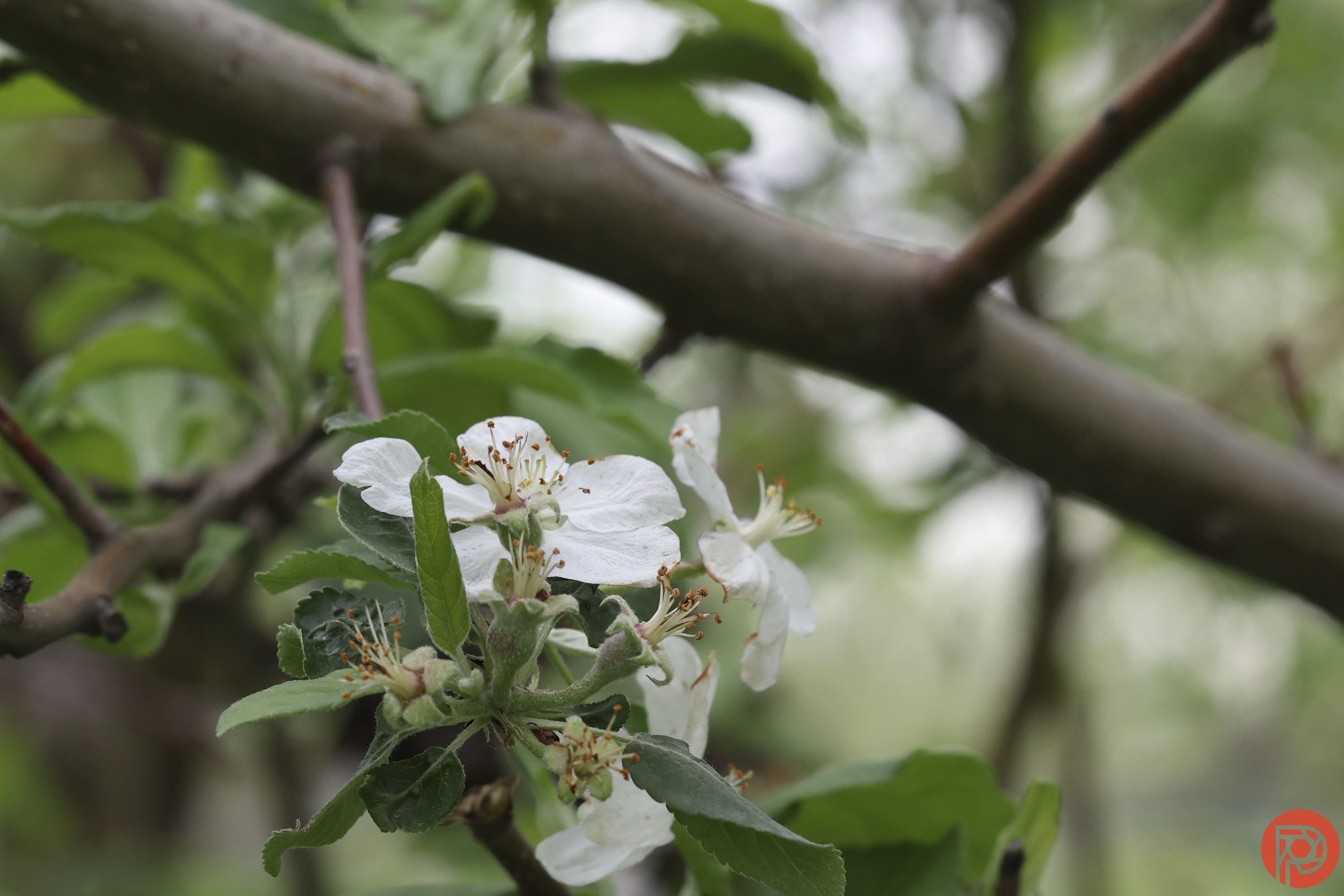

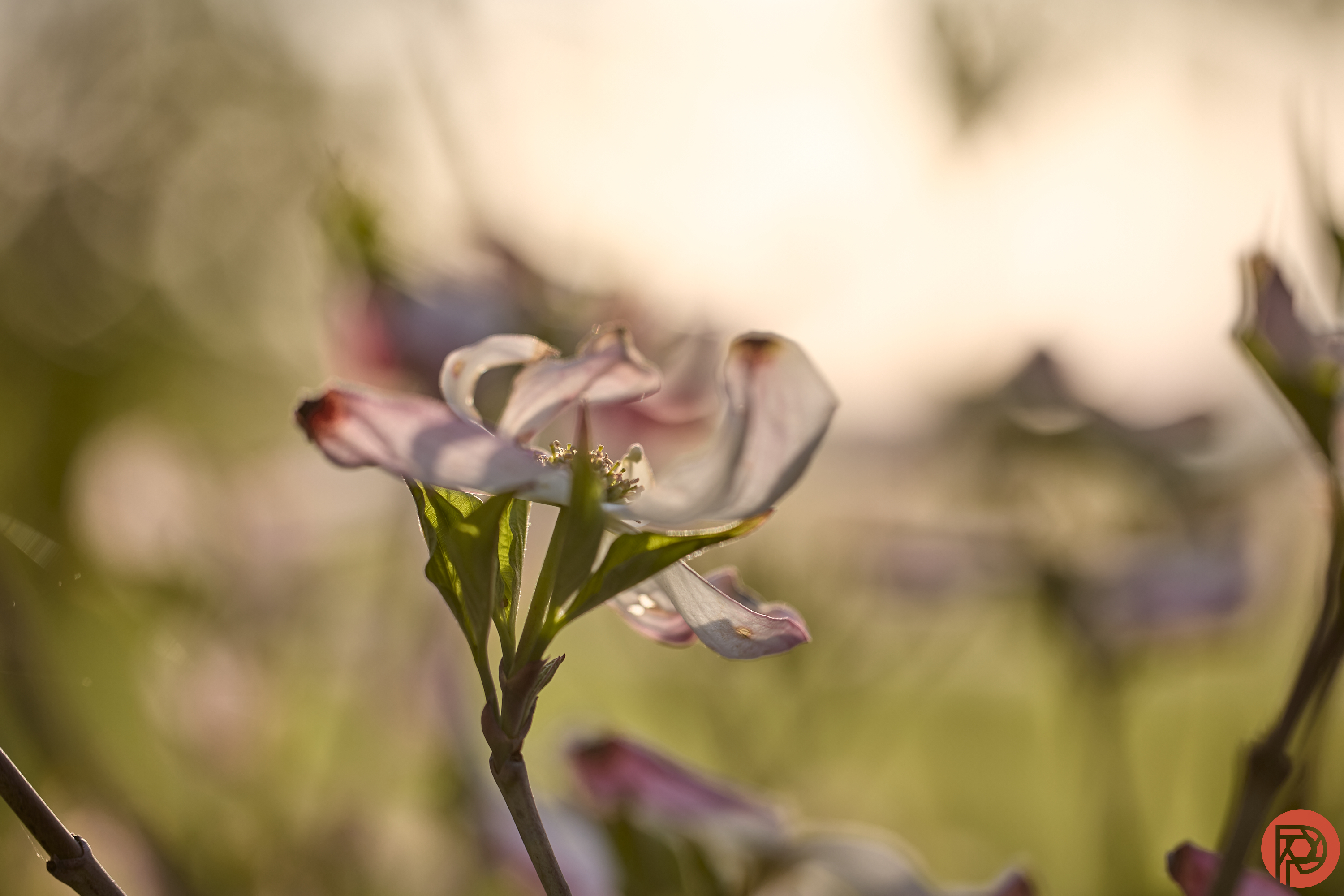
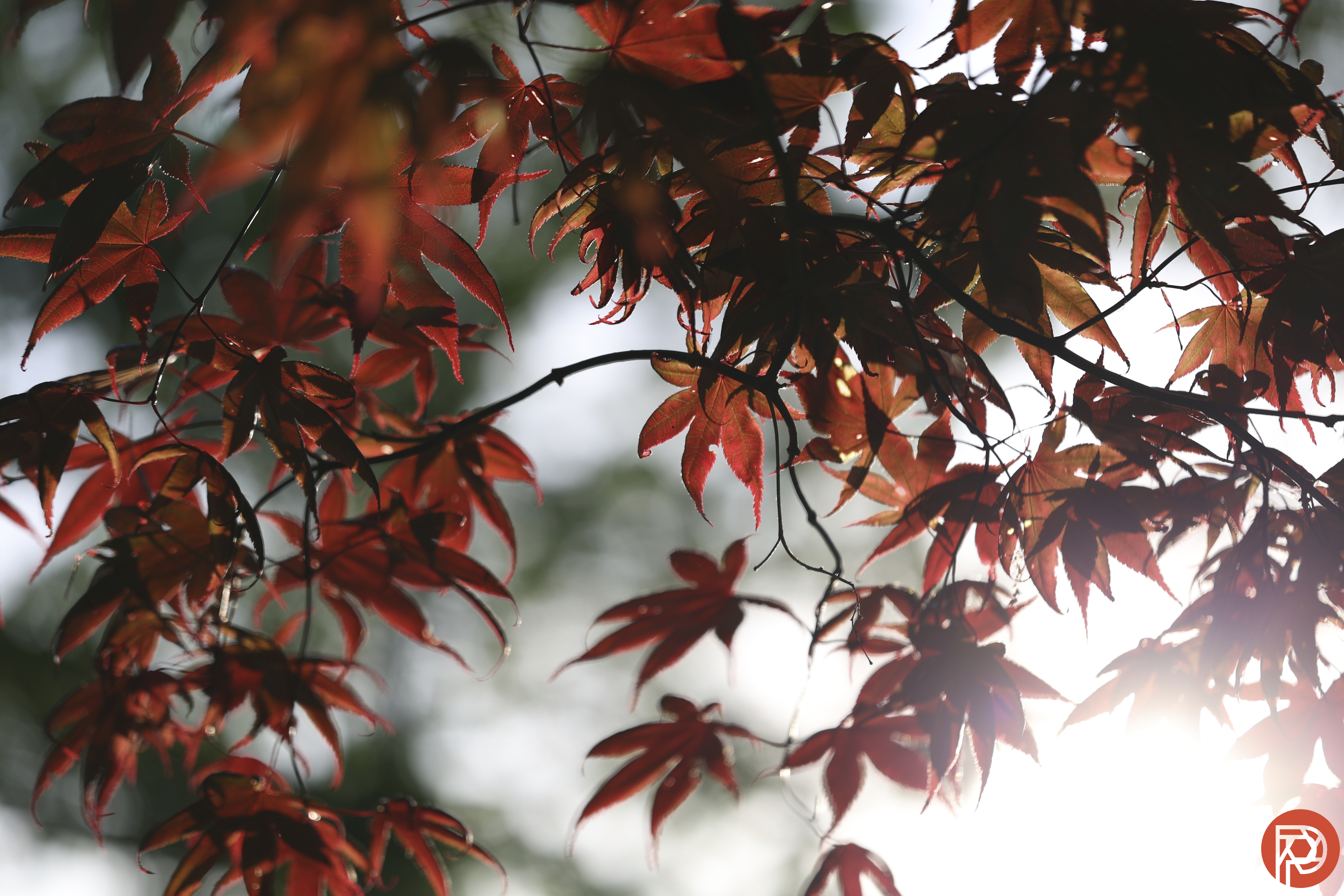
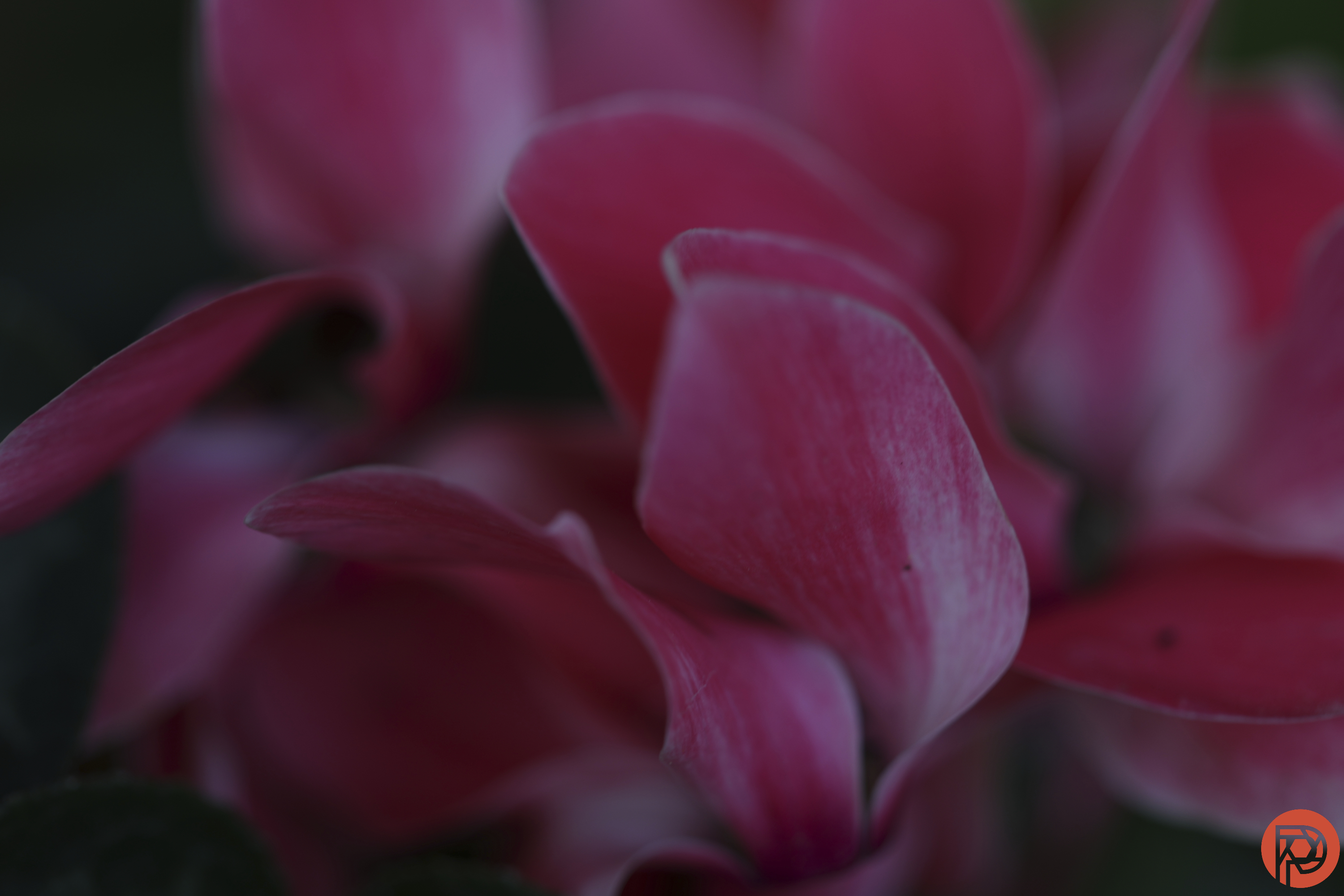
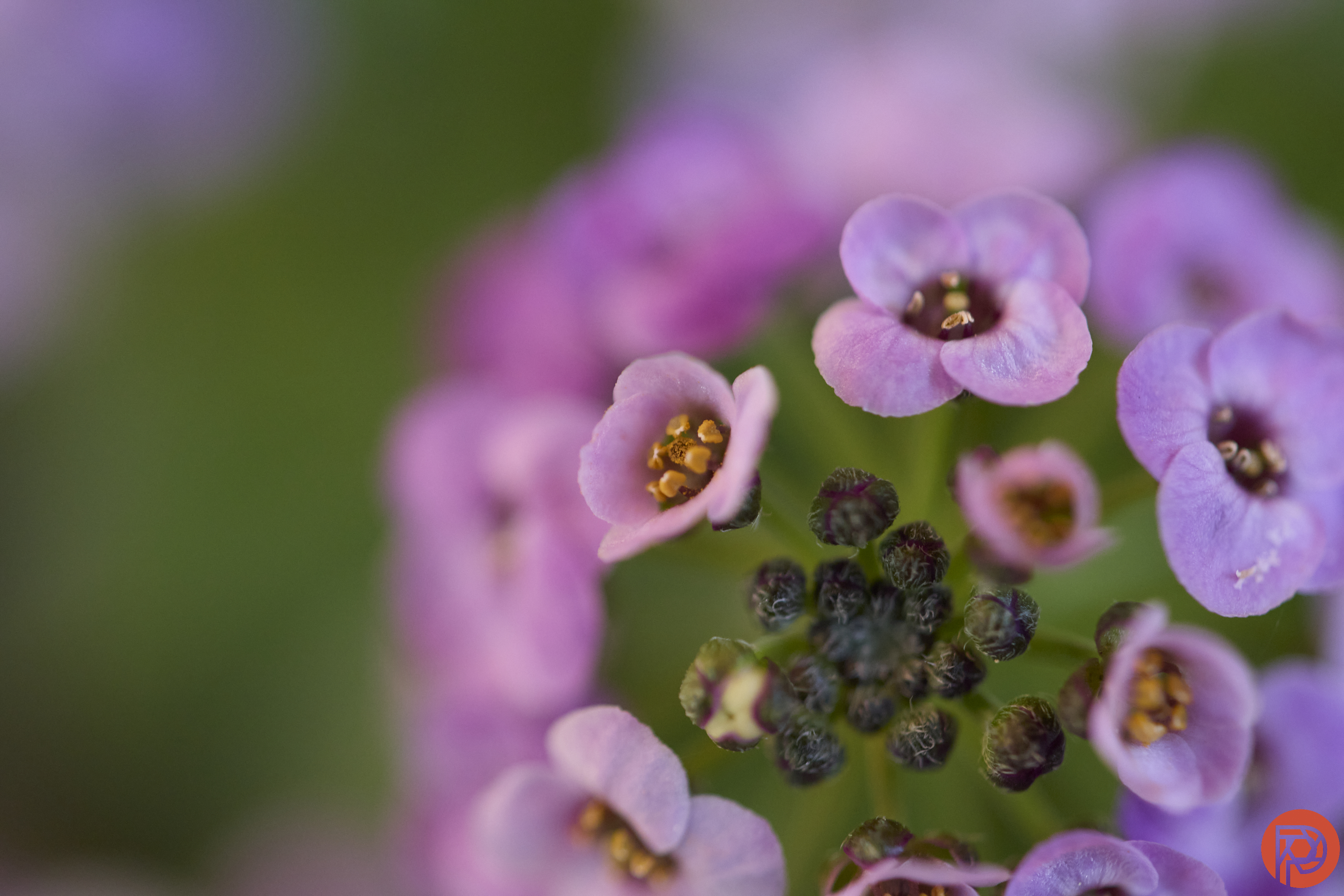
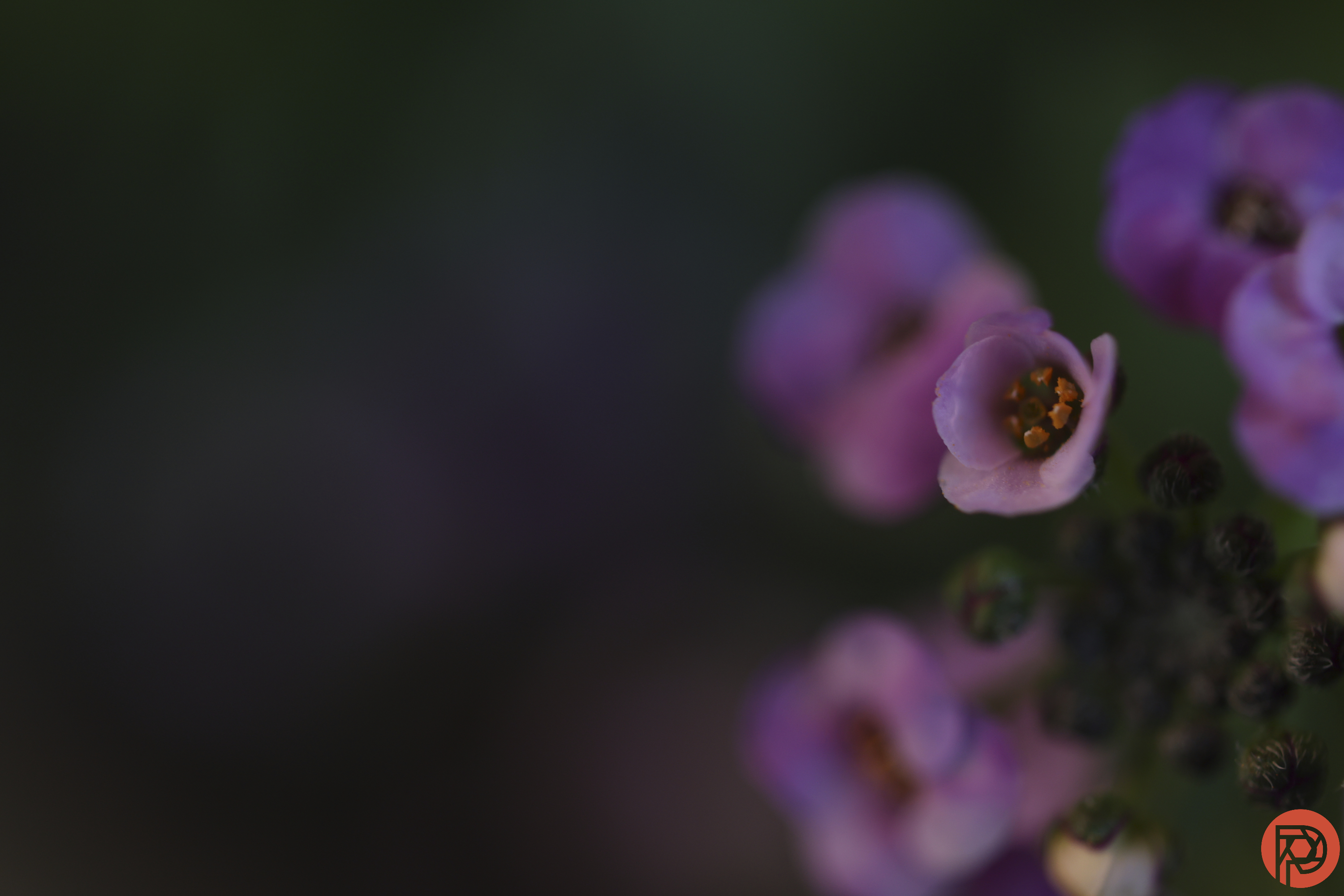



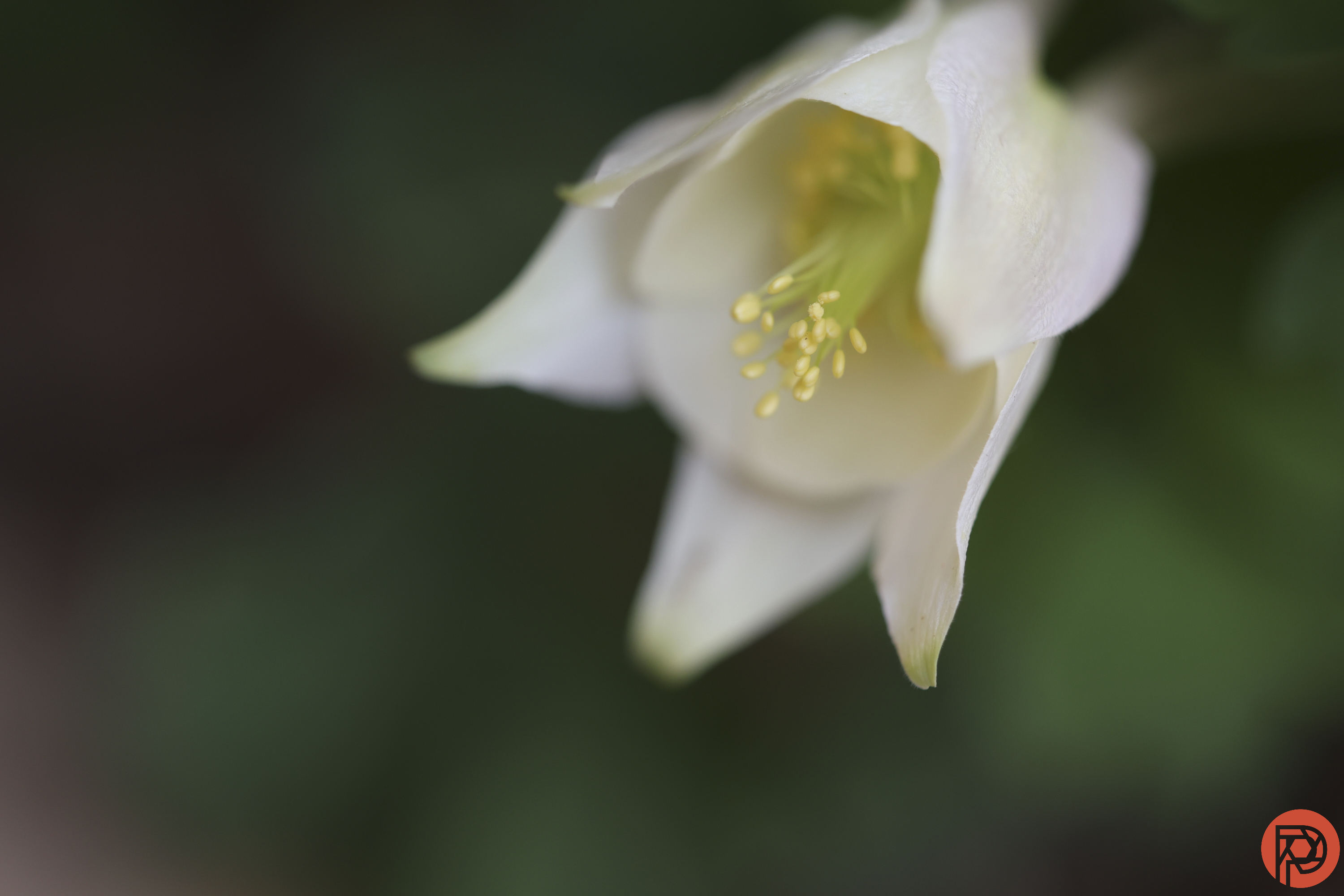
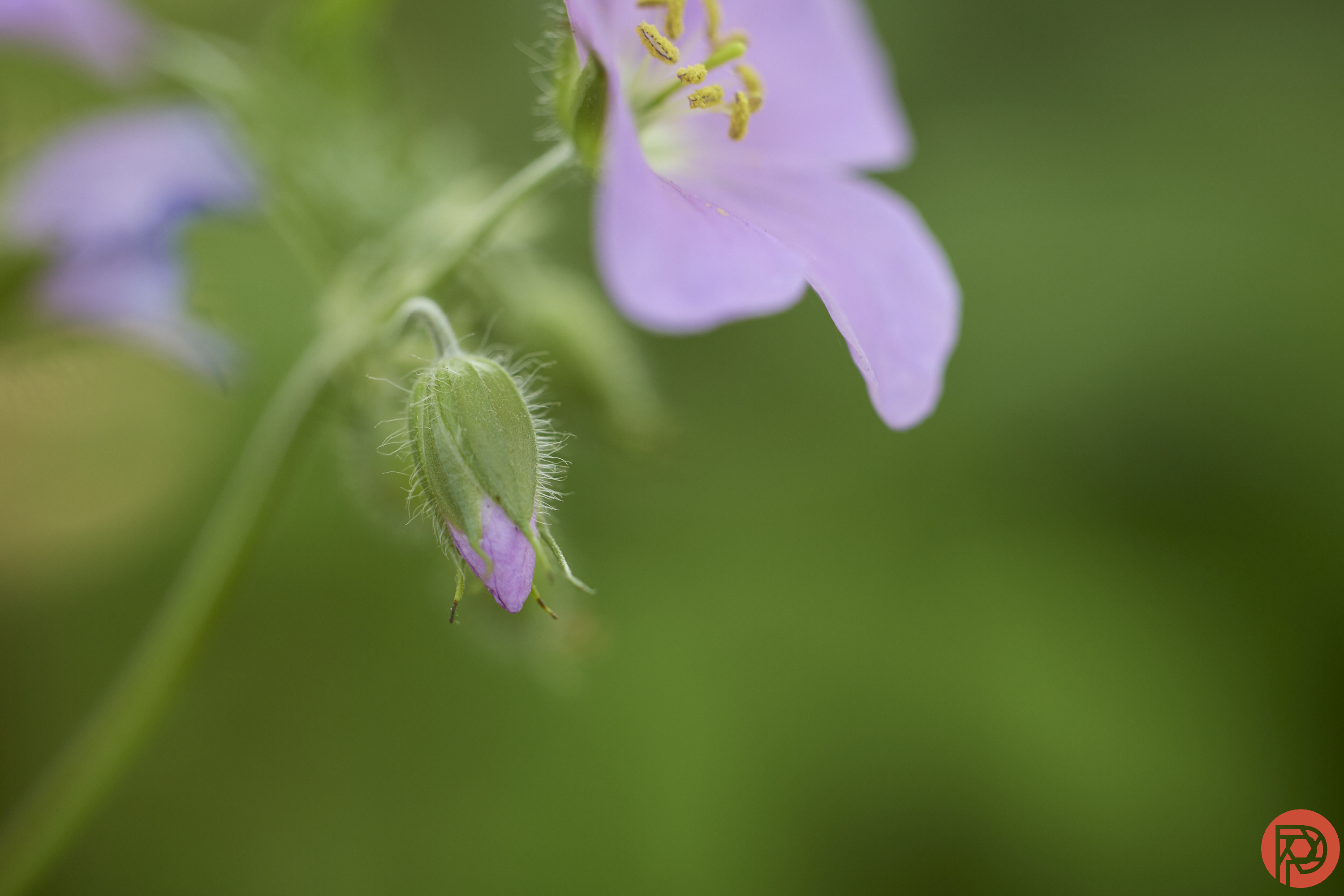
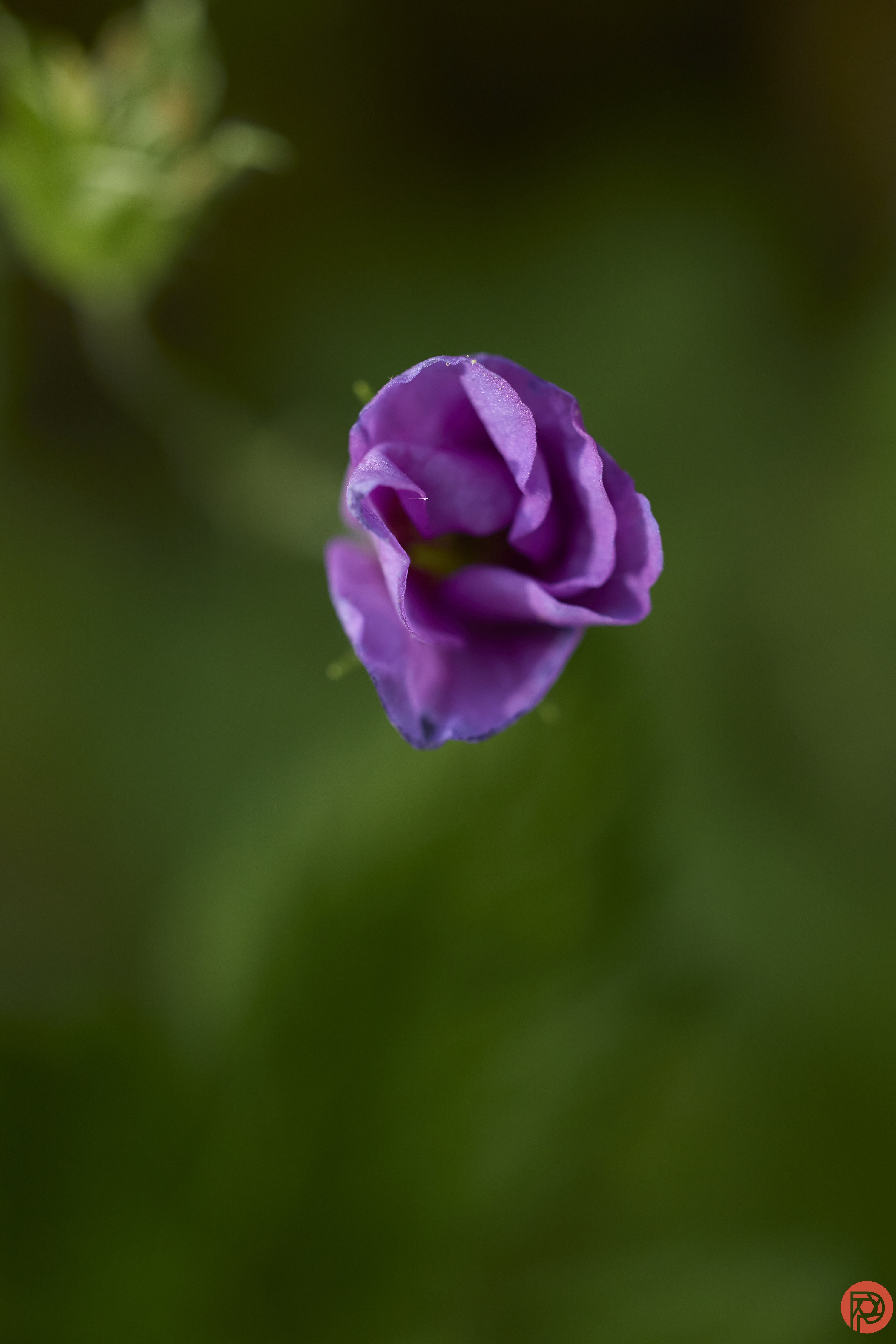
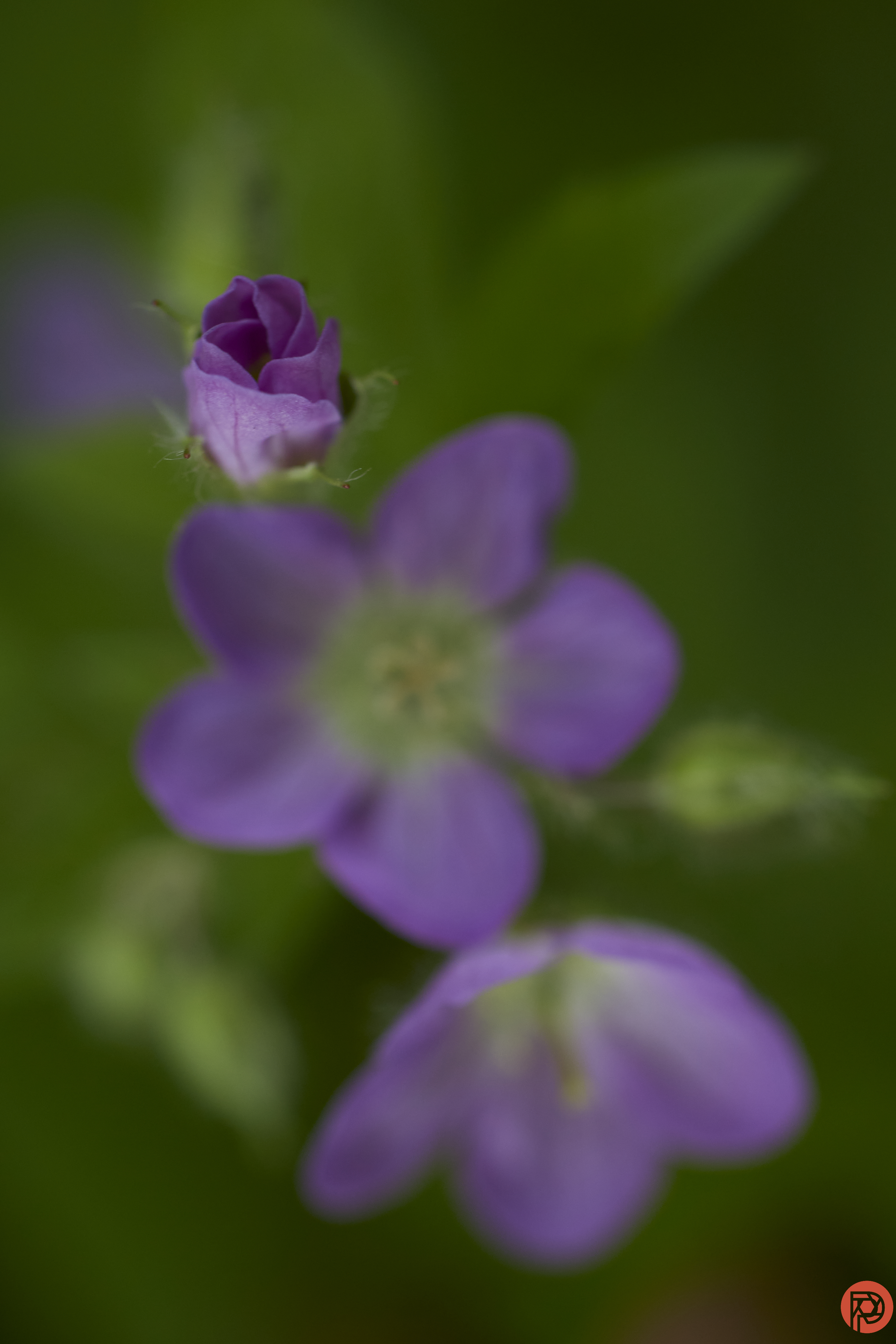
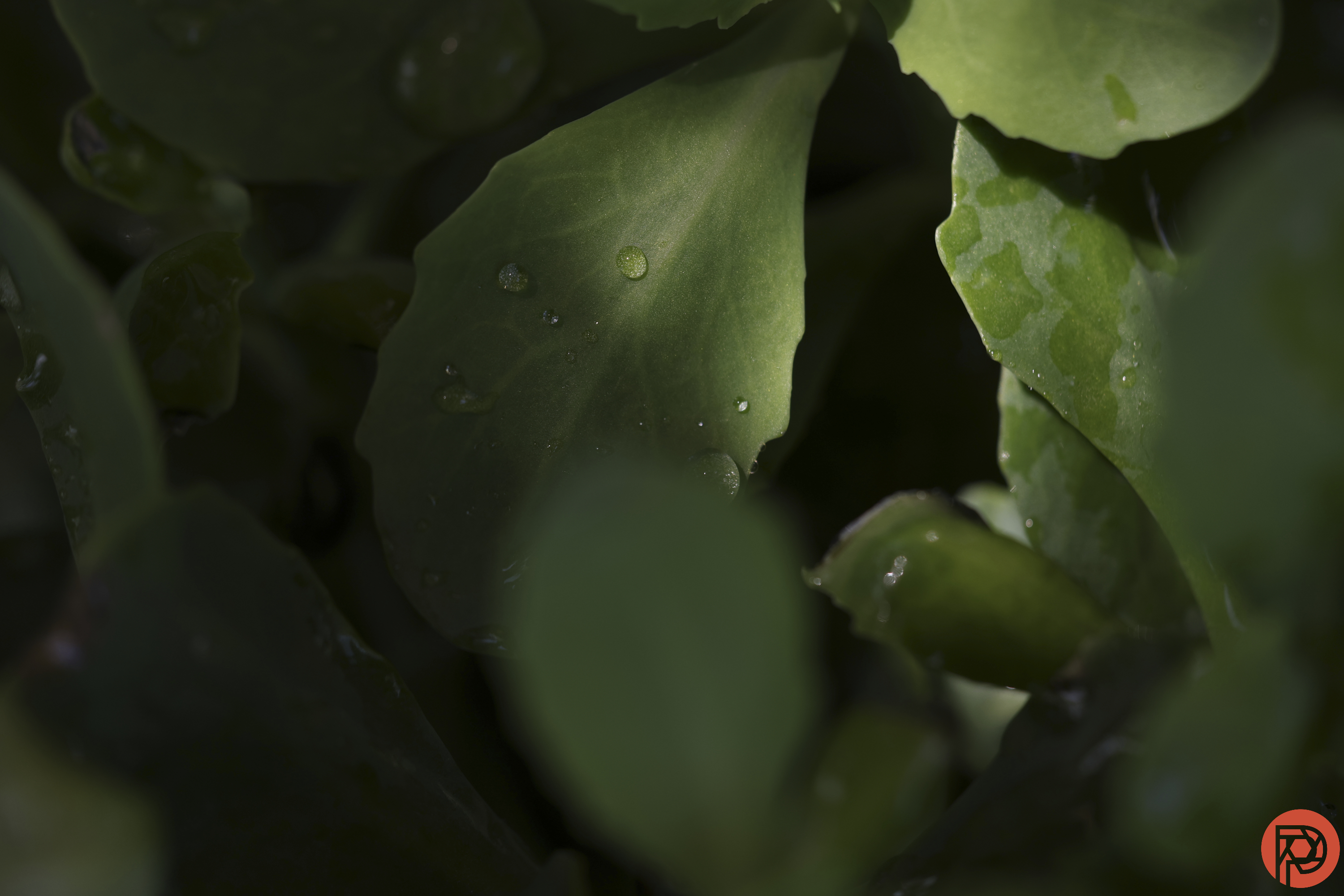
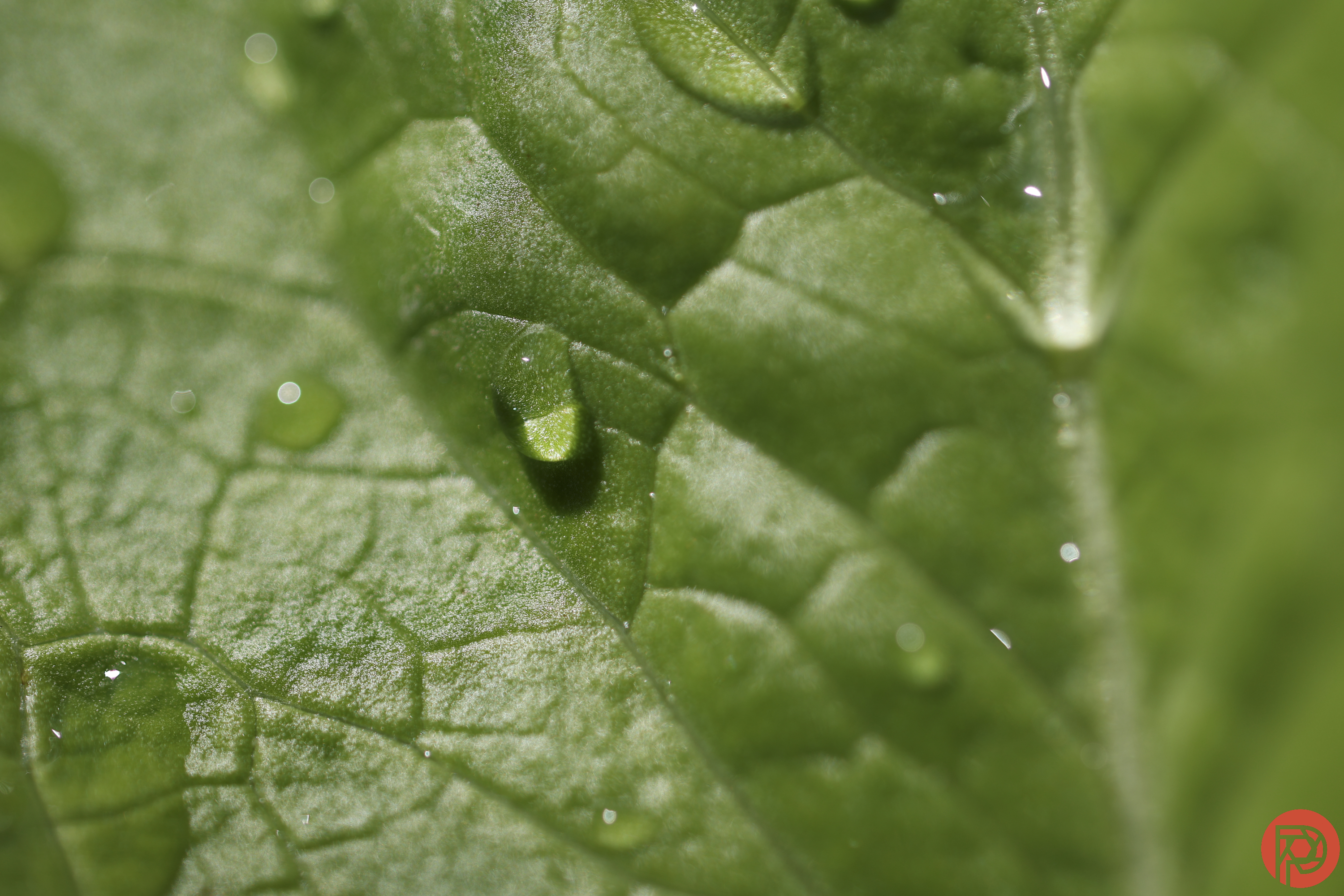
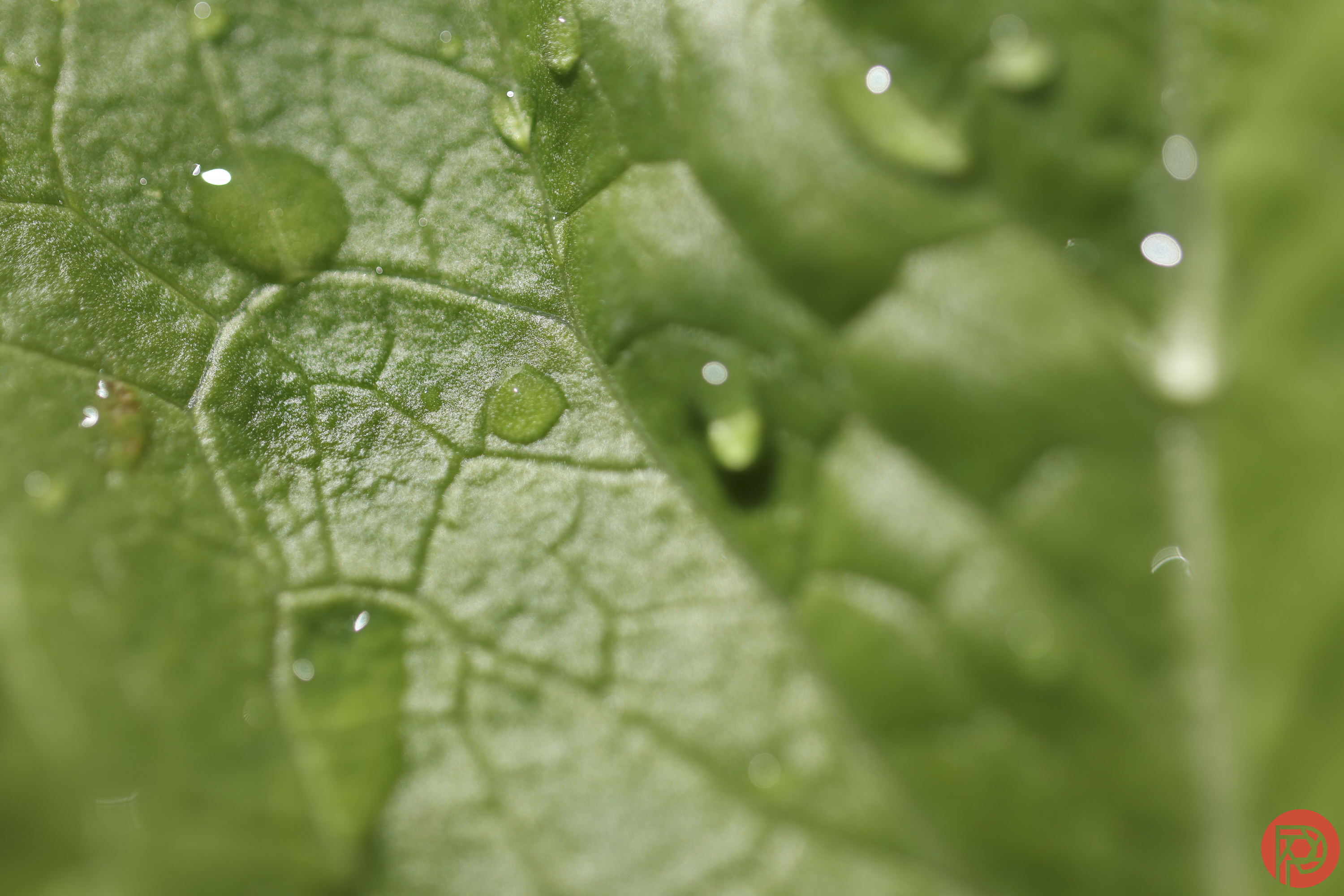
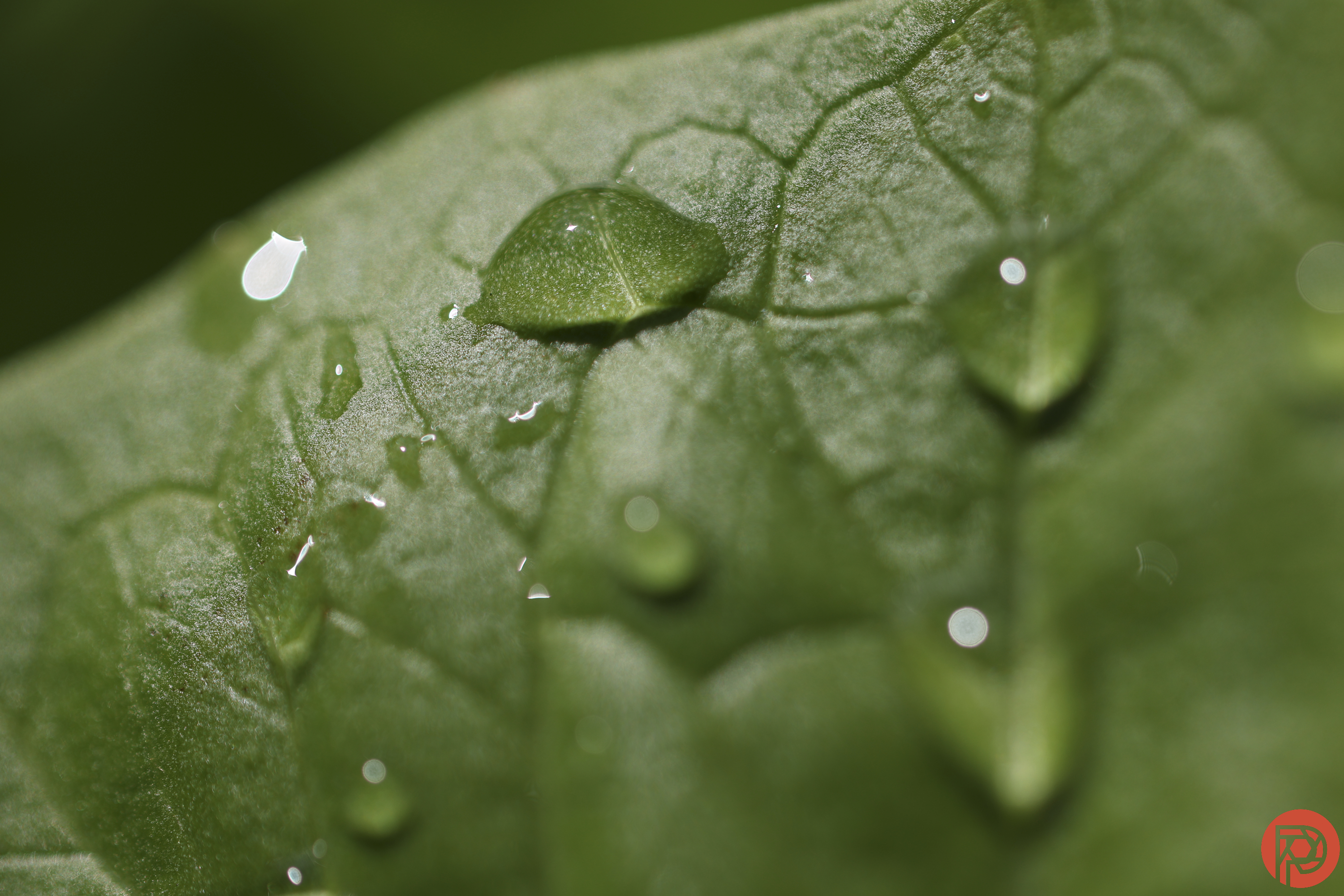


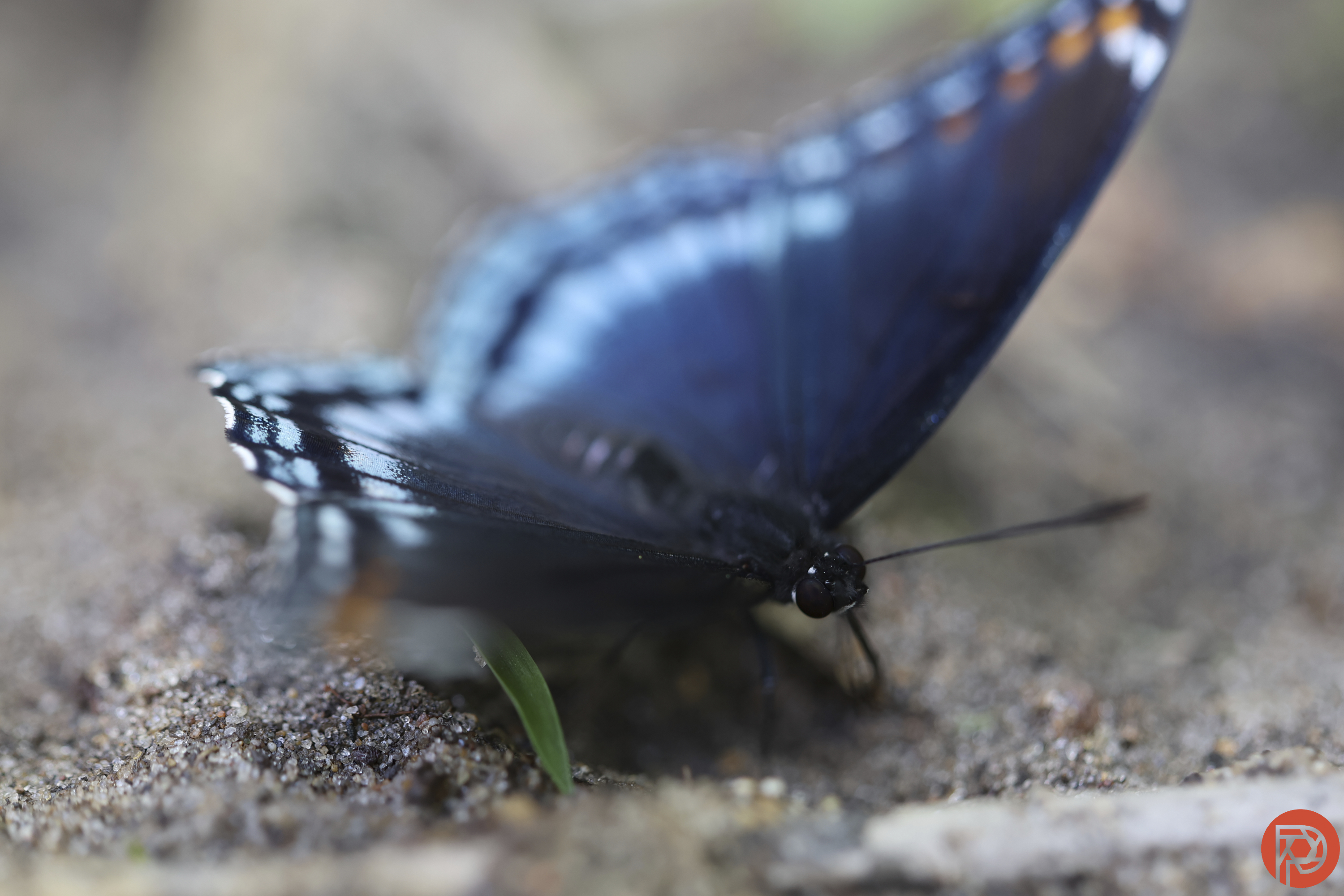
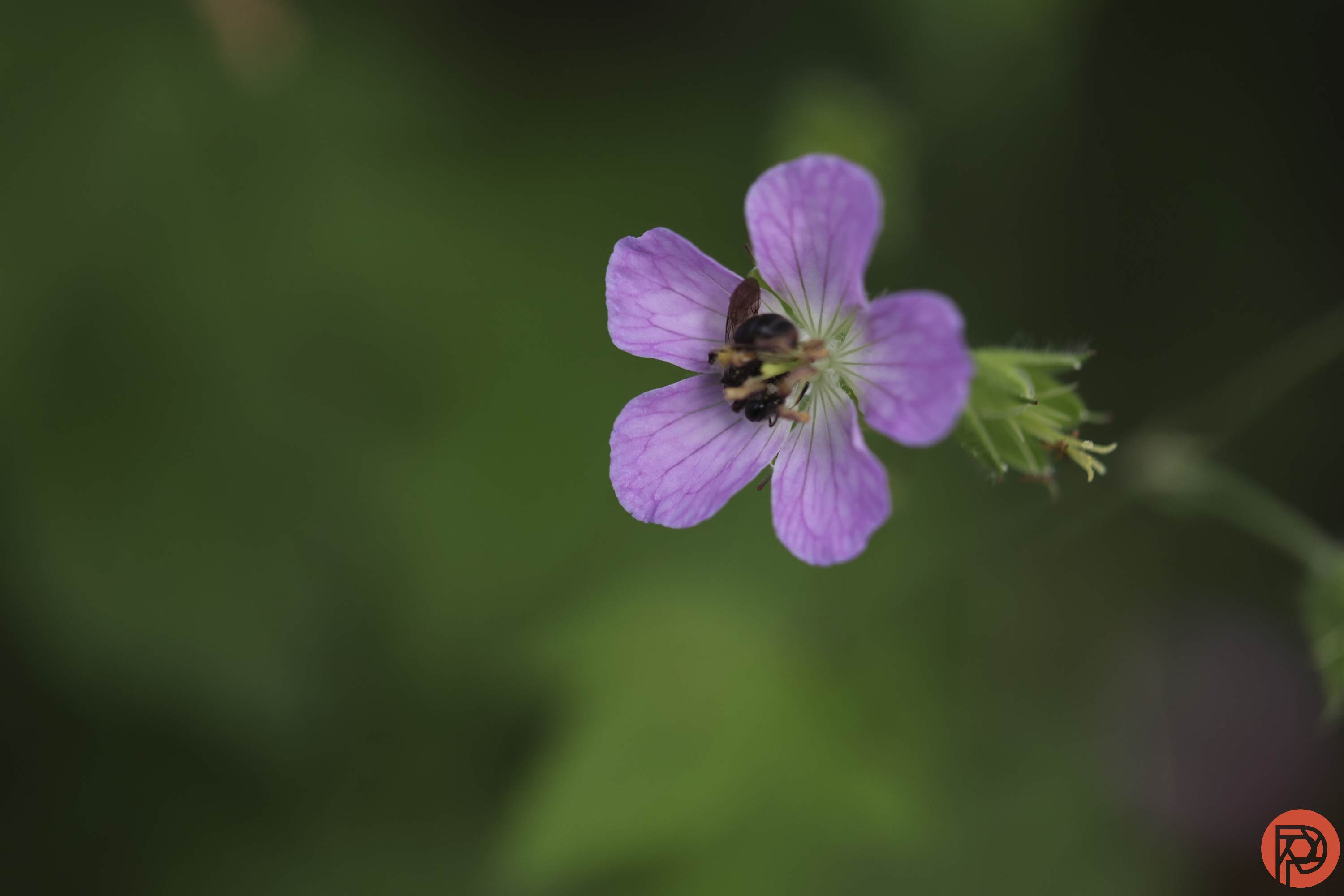
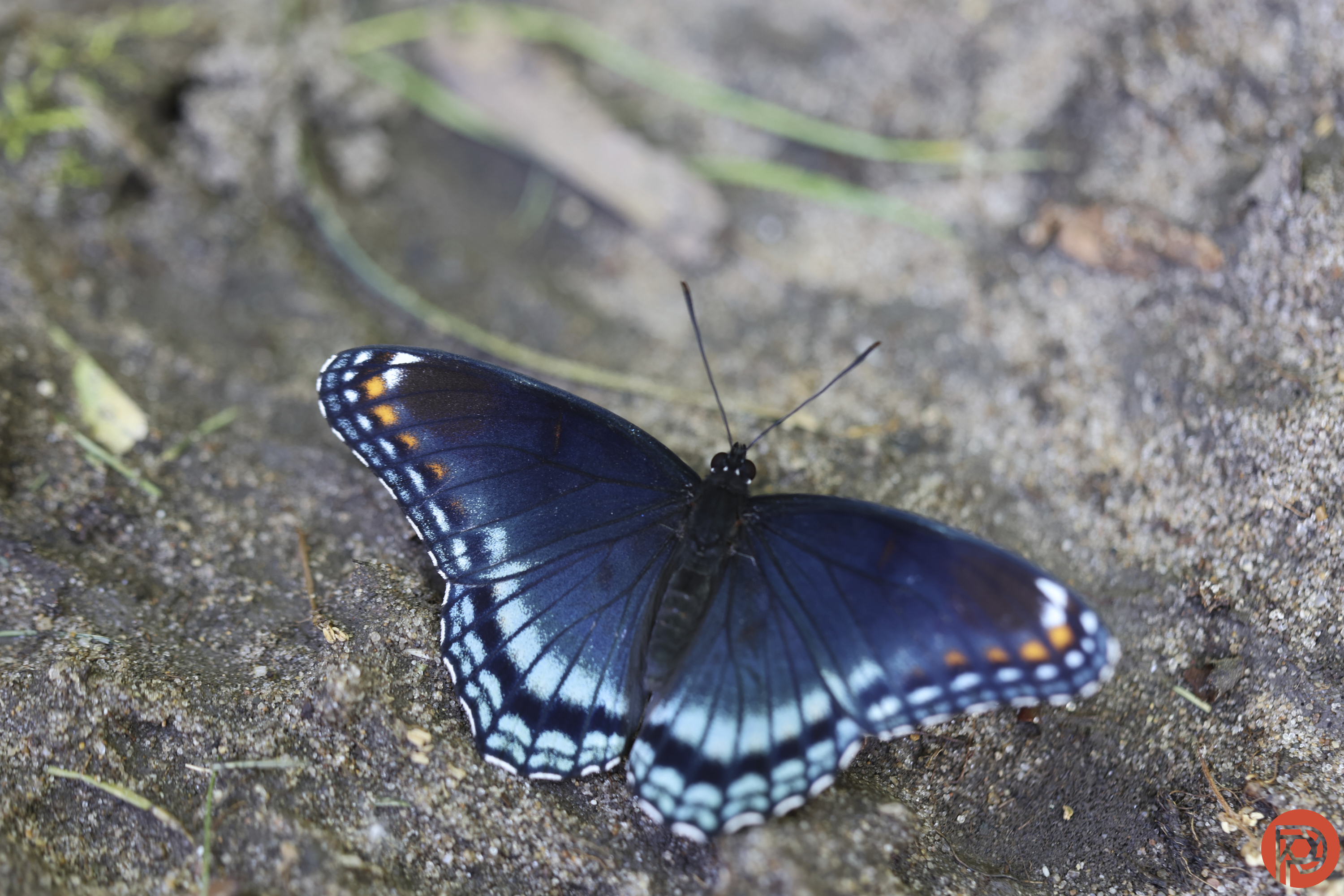
Who Should Buy It?
The Canon RF 100mm Macro is an excellent choice for both macro work and portraits. This lens would be well used among macro photographers, portrait photographers, and wedding photographers. The mix of character and sharpness is excellent, allowing photographers who sometimes want technical greatness and other times lot of character out of one lens.
While I think even many pixel peepers will love this lens, photographers who don’t really care about cool flare and don’t want a soft filter effect will end up hauling around a lens that’s a bit bigger than necessary. There are smaller lenses out there, so it may not be the best choice for travel.


